Samsung Galaxy Z Fold 7 review: 5-star foldable earns Samsung a new crown
I've been using the Z Fold 7 for a full week as my own – and Samsung's elegant new folding phone means it's bye-bye to Google's previous champion
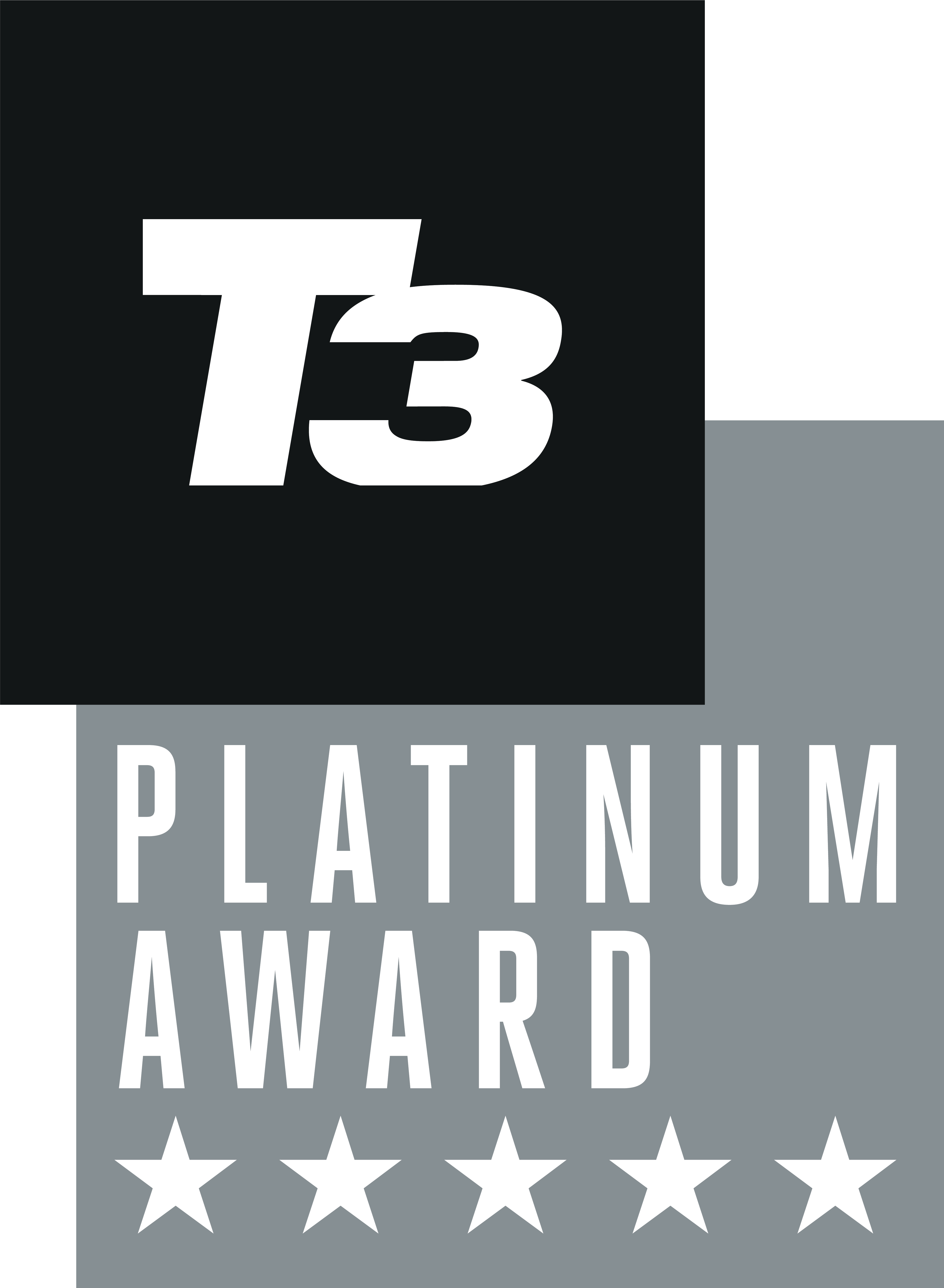
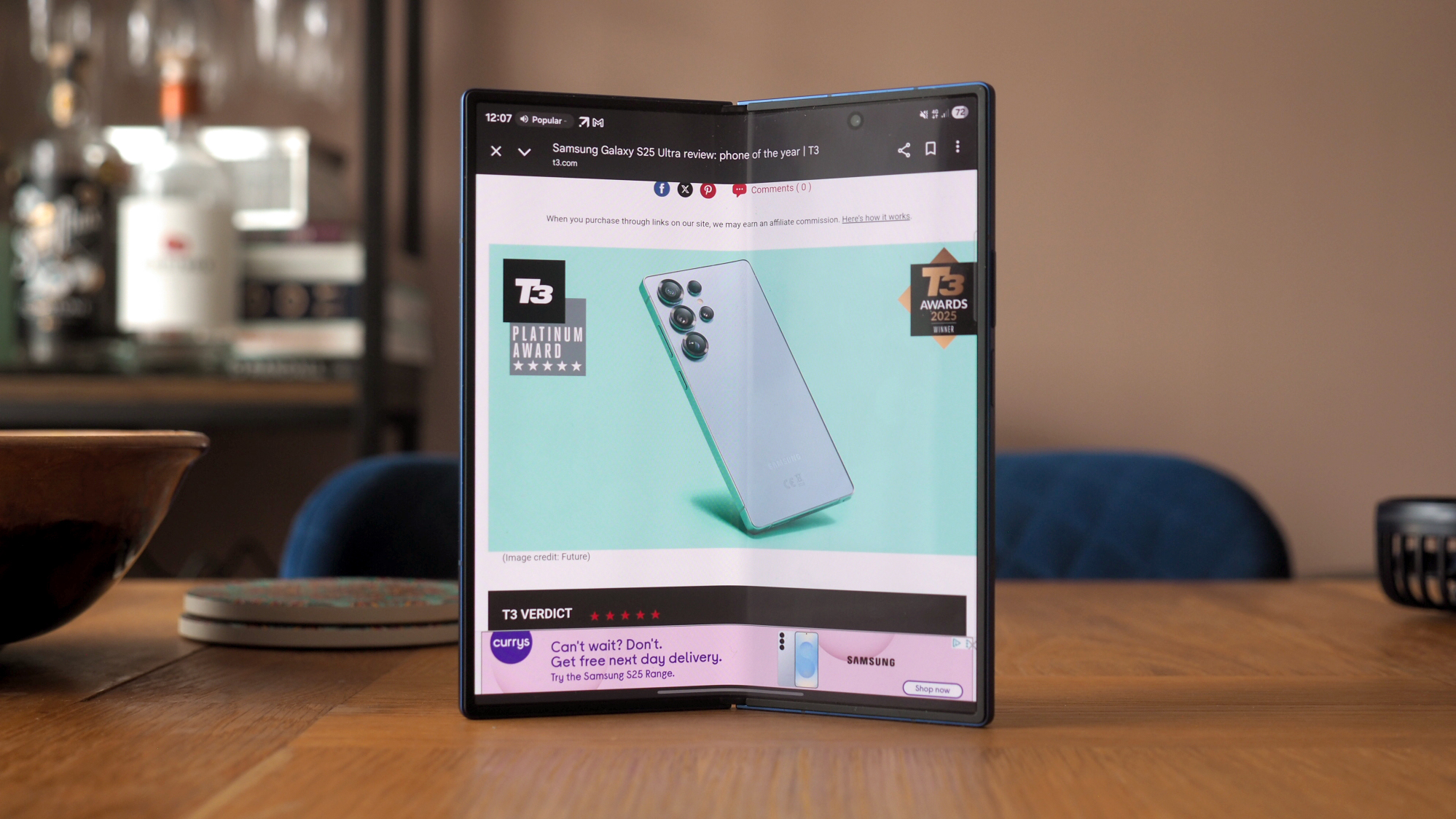
The Galaxy Z Fold 7 is far more than an iterative update, it's Samsung's arrival at the top of the folding phone game. The new proportions and slim design are a skilful balance that feels just right, while the main camera's upgrade can deliver S25 Ultra-beating results. There's no S Pen stylus support, which may be unforgivable for some upgraders, and the new design means hardened gamers might be left asking for more. For everyone else, however, this Galaxy is a flagship with the benefits of a foldable design – and little compromise.
-
+
Near-perfect proportions for a folding phone, both outside and in
-
+
Reliable software and improved battery life, based on my use
-
+
Improved camera – 200MP main steps beyond the S25 Ultra
-
-
No S Pen support may be a deal-breaker for some users
-
-
Camera bump sees folded handset wobble about on desk
-
-
Some brightness/throttling oddities at present
Why you can trust T3
We love testing luxe, high-end products here at T3. That's our forte. It's also precisely where the Samsung Galaxy Z Fold 7 fits into the fray (or should that be 'fold'?) – as the best folding phones have gone from strength to strength in the last few years.
Samsung's nip-and-tuck approach with the Z Fold series has felt even-keeled in recent years (both the Z Fold 5 and Z Fold 6 being keen examples), but ultimately less dramatic than some of its competition, from Honor to Oppo. That is until now, as the Z Fold 7 is a considerable shift for the book-like foldable, bringing a slimmer, better-proportioned and altogether more rounded proposition.
I've been using the Galaxy Z Fold 7 for a full week as if my own. I've sometimes half forgotten I'm using a foldable – as testament to its new, trim design; it's even lighter than my Galaxy S25 Ultra, too – but then been blown away when I go XL with the internal screen to play games, organise calendars, or do some double-handed typing.
Now, I don't doubt for a second that the Galaxy Z Fold 7 won't suit everyone. Especially those who want stylus use, as the S Pen is a no-go here. But in the context of folding phones, having come this far since the Google Pixel 9 Pro Fold, I think Samsung, in a mirror to what we love here at T3, has made a luxe, high-end foldable that rivals the best of them – and then some.
Price & Availability
The Samsung Galaxy Z Fold 7 is available for pre-order right now, priced at £1,799 / $1,999 / €2,099 / AU$2,899, before going on sale from 25 July.
Check out various UK networks and their best offers here – noting that, unlike other regions, there's no year-on-year price rise for the UK market compared to the outgoing Z Fold 6 model.
Get in before the on-sale date, however, and you can net double the storage for free – upping 256GB to 512GB at no extra cost, or paying a little extra for the 1TB model. There's also an exclusive Mint colourway available exclusively on Samsung.com, plus various giveaway and trade-in promotions.
Get all the latest news, reviews, deals and buying guides on gorgeous tech, home and active products from the T3 experts
What's New?
- Larger cover and internal displays
- Slimmer design, just 4.2mm unfolded
- Upgraded main camera, now 200-megapixels
- Qualcomm Snapdragon 8 Elite 'for Galaxy' edition
- Double the graphene sheeting for cooling versus Z Fold 6
- Removal of digitiser, so no S Pen stylus option this generation
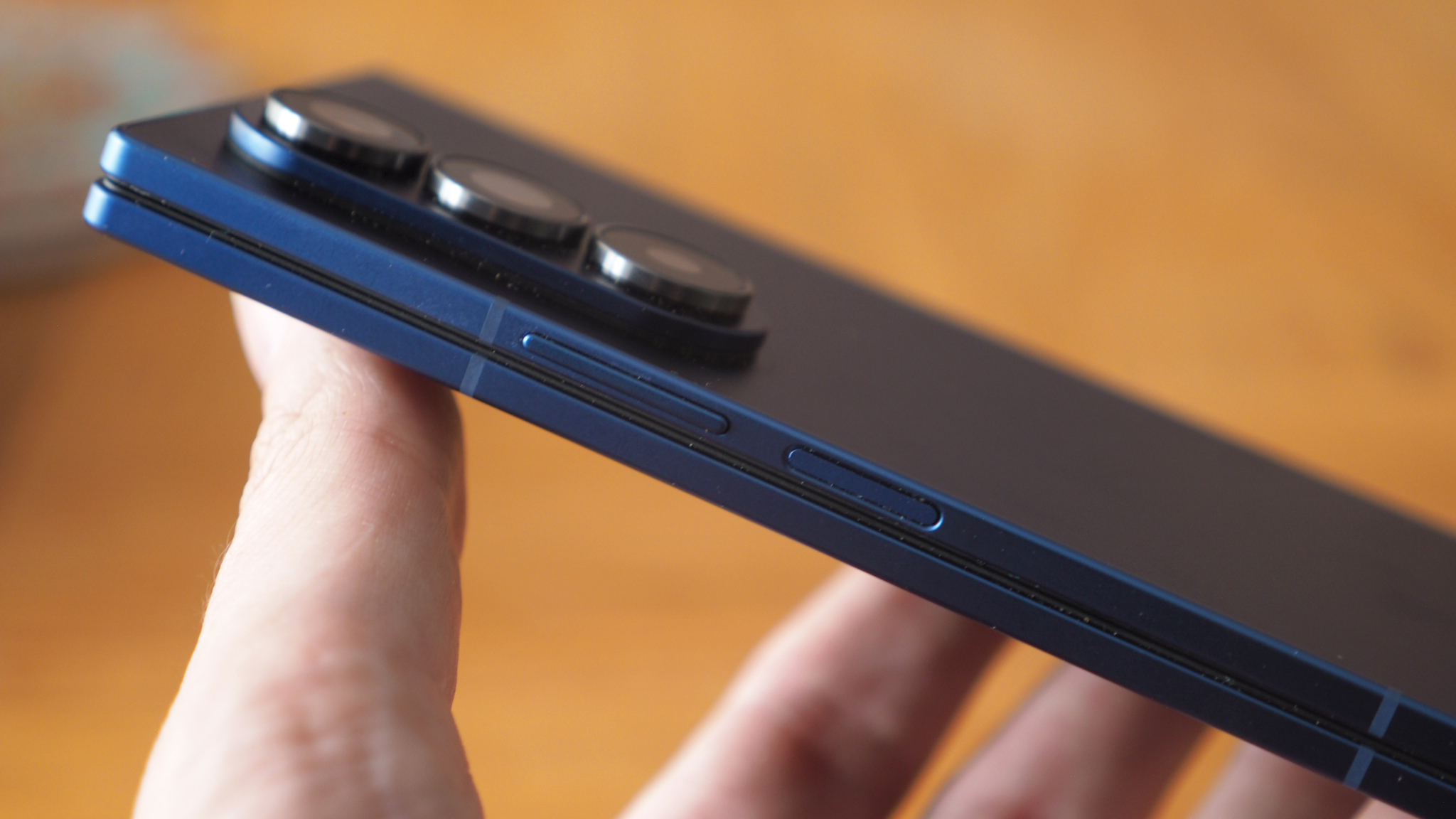
Well, what isn't new? When I attended Samsung's Galaxy Unpacked event, I took my Z Fold 6 alongside to compare the two handsets (check out the gallery embedded below as a reminder). And while the blueprint is there, in that there's a given similarity between the two, there's otherwise a night-and-day set of differences.
For me, the thing that Samsung really had to do in the Z Fold 7 was widen the main (or 'cover') display. That's exactly what's happened, with a 21:9 aspect ratio now here. Sure, that's still a little taller than many of the best Android phone flagships, but it feels right – and gives incentive and balance in consideration to that larger screen within.
The 8-inch internal panel is larger, in part owed to the re-proportioning of the overall design. It's approximately a 5:6 aspect ratio, akin to that of Google's Pixel 9 Pro Fold, but with an all-new hinge mechanism and various reinforcements for increased robustness, protection and a marginally less visible crease.
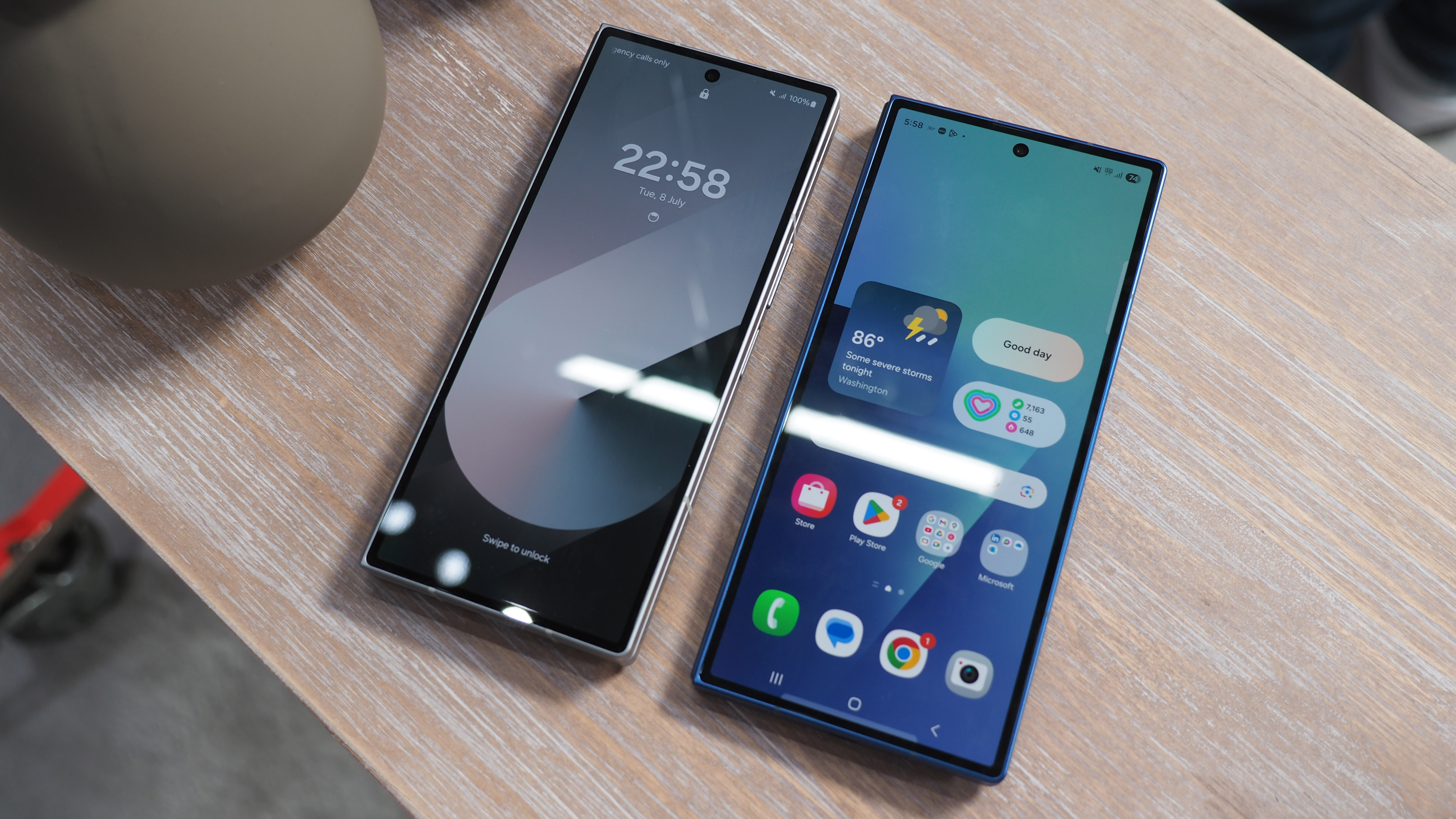
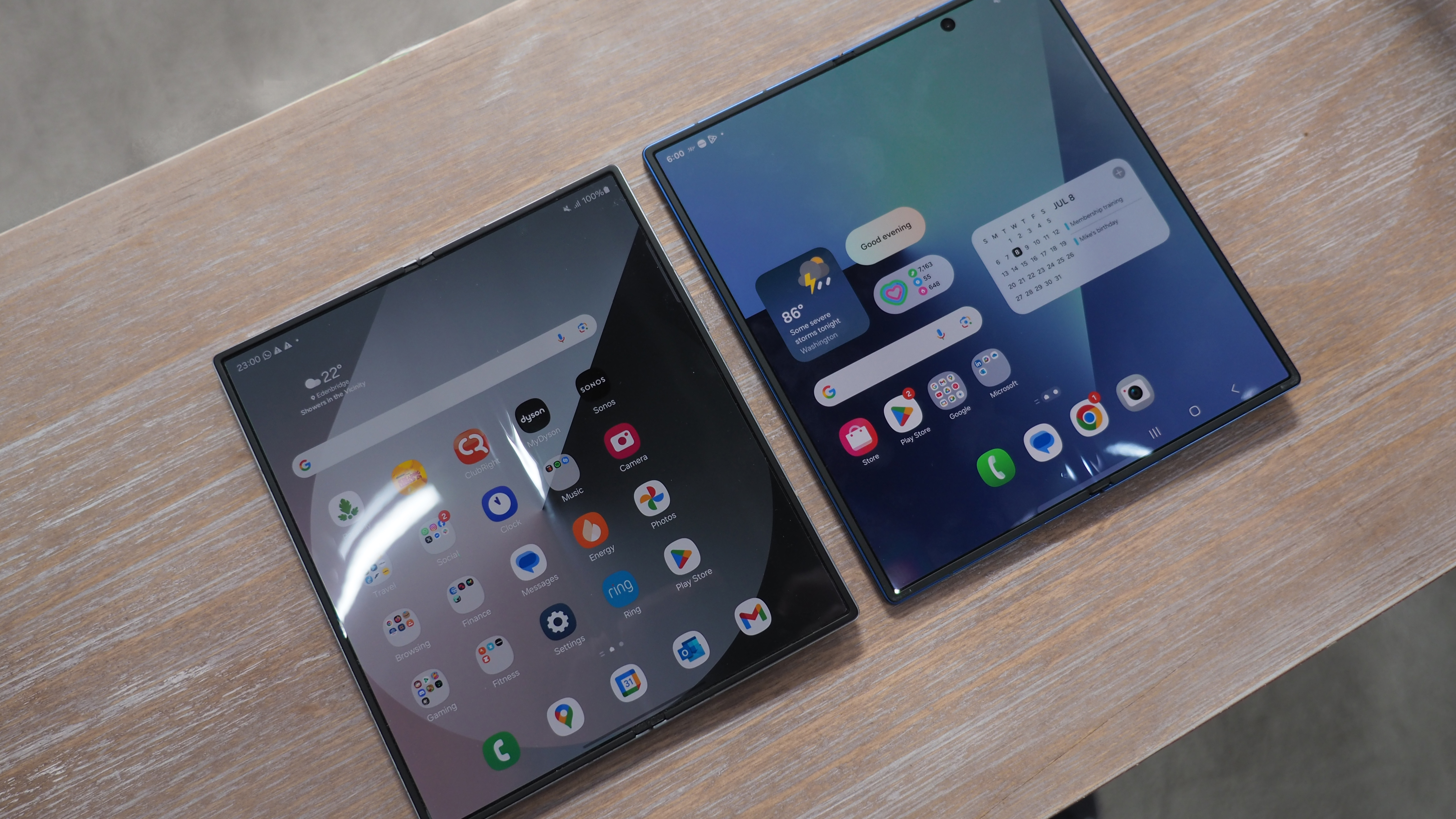
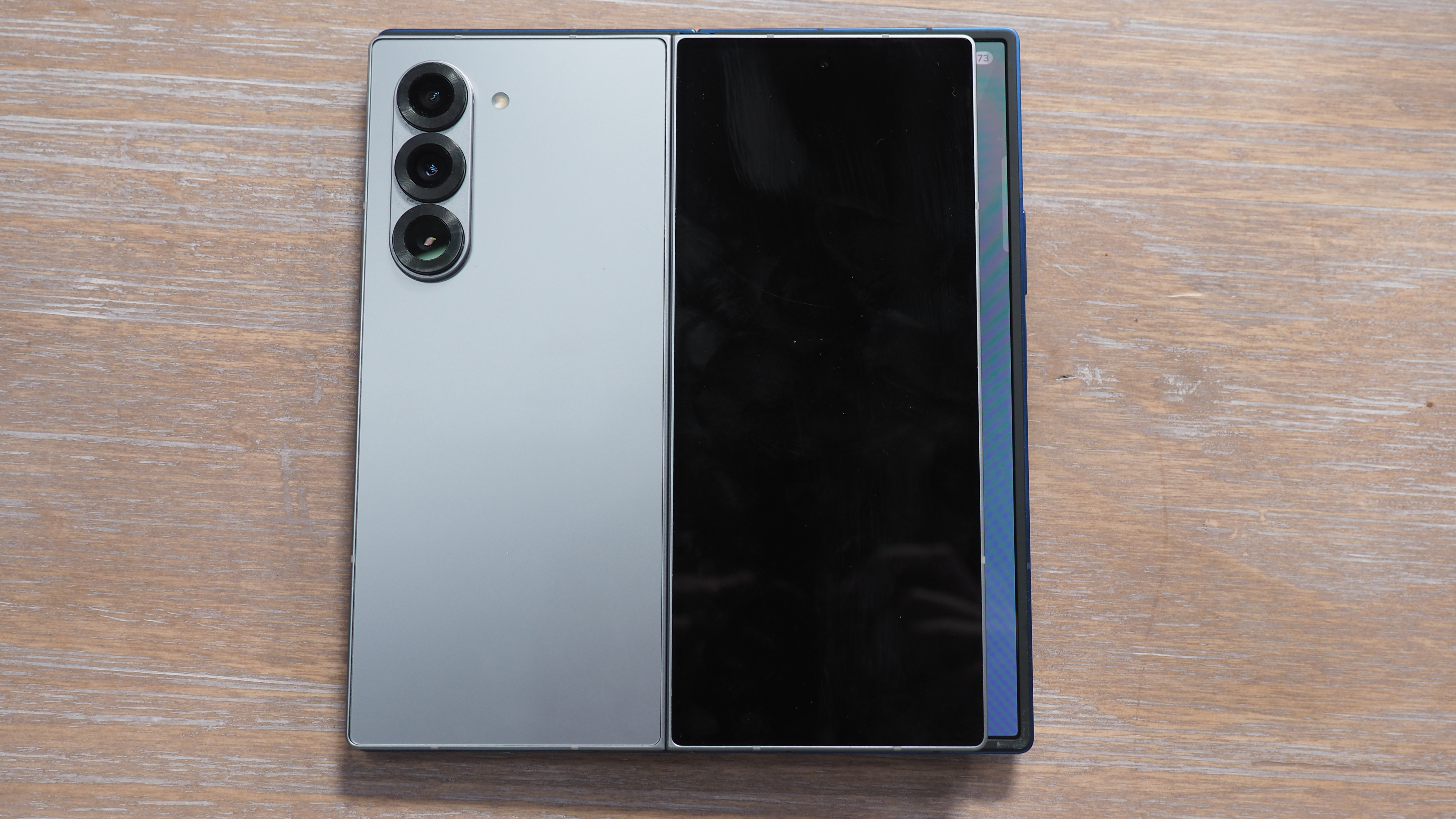
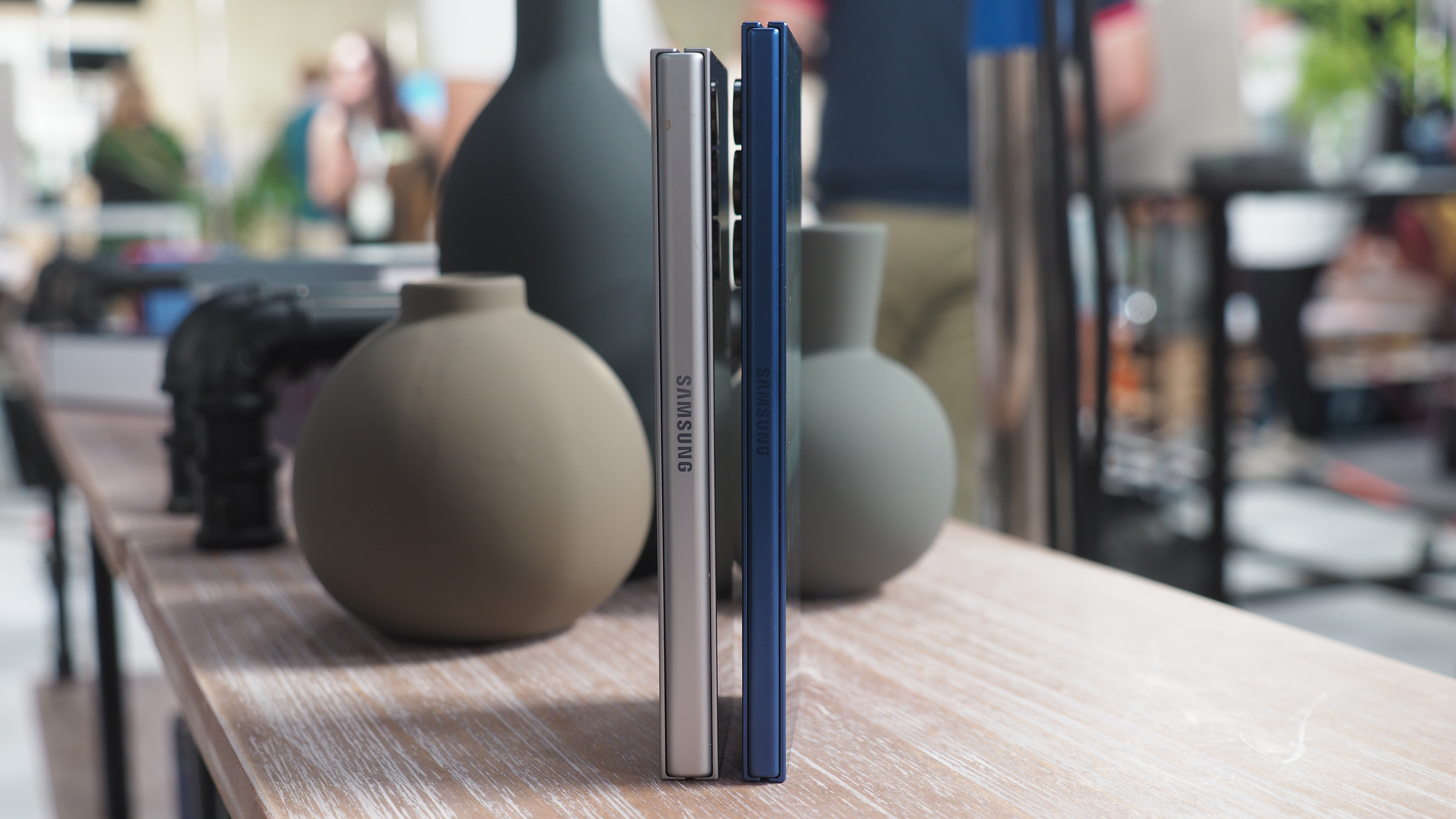
But above all else, it's the slimness of the Z Fold 7 that's going to be one of its more attention-grabbing features. The 4.2mm measure when unfolded doesn't see it as the slimmest of all foldables – there's been a keen race for that, with Honor putting its 4.1mm stake in the ground ahead of the Magic V5's arrival – but it's still very thin indeed.
Even when folded, the 8.9mm measure isn't much greater than the S25 Ultra. And, as I've said, the foldable is technically the lighter of the two. Granted, only by three grammes, but it's another no-compromise box ticked in the feature set.
Elsewhere, the Z Fold 7 improves the main camera – the zoom and wide-angle aren't identical as before, but fail to hit the big-time with notable upgrades – to a flagship-level 200-megapixel sensor. And there's the latest 'for Galaxy' Snapdragon processor inside, the full-fat version (although, some tasks will throttle it pronto, so it's not endlessly untapped for power users).
Design & Displays
- Exterior display: 6.5-inch AMOLED
- Corning Gorilla Glass Ceramic 2
- 1080 x 2520 resolution
- 21:9 aspect ratio
- 120Hz refresh
- Interior display: 8-inch AMOLED
- 6:5 aspect ratio (approximate)
- 2600 nits peak brightness
- 1968 x 2184 resolution
- 120Hz refresh
- Key spec:
- 4.2mm at thinnest, 215g
- Redesigned hinge, further reduces crease
- Thicker Ultra-Thin Glass (UTG) and titanium lattice for strength
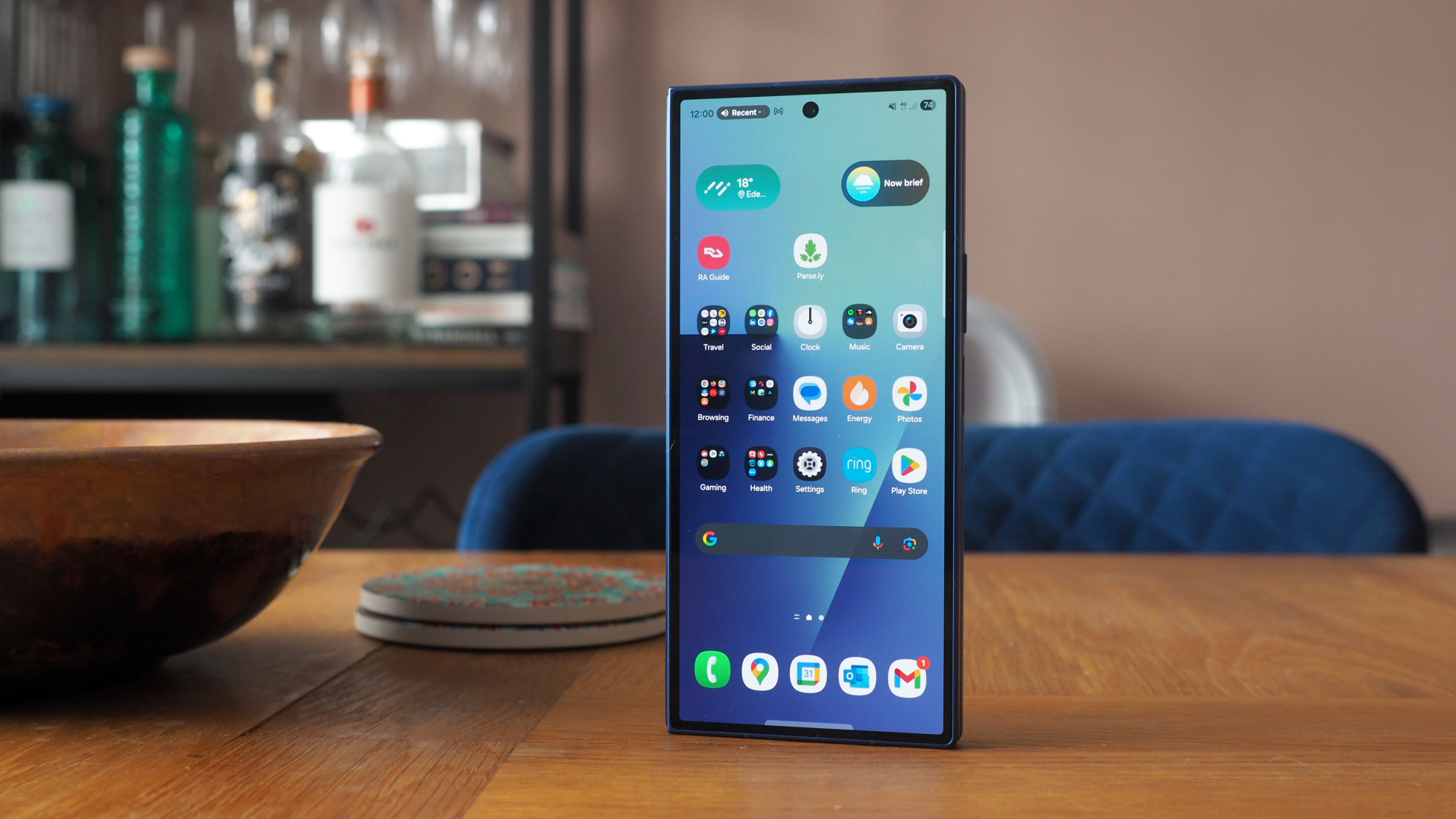
As I said up top: the Galaxy Z Fold 7 isn't going to please everyone. Not even because it's expensive. Nor because it's a niche product. Simply because the display still isn't a typical aspect ratio, so some might find it a little too narrow and tall for them.
Personally, I find Samsung's take in this particular Z Fold version feels nicely balanced. While a 21:9 aspect ratio phone wouldn't be my go-to, given the choice, in this context it's different – because of the large screen within.
Having both has changed my behaviour and, more than any other foldable, I've been moving between both screens with greater regularity. Above all else, however, it's the increase in scale and width of the front display that now just makes it easier to use day in, day out.
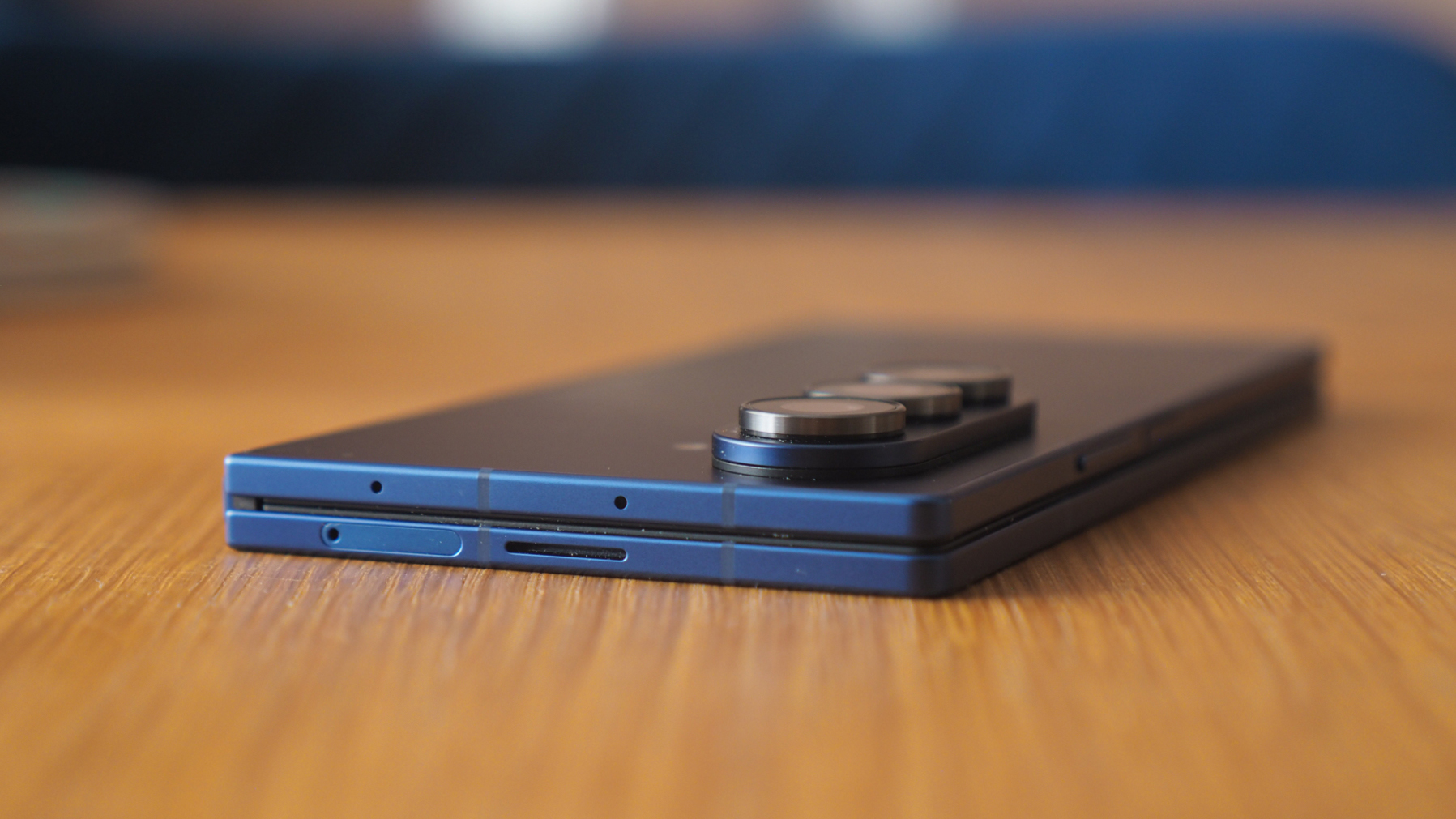
Spec-wise, they're well-appointed panels, too, with sufficient resolution, brightness and variable refresh rates. That said, there seems to be a minor bug with the Extended Brightness feature, which can boost the display to considerable proportions – unless it's out in bright rays for too long, when I've experienced the handset dim. Another example would be when loading, say, a QR code for a train or plane ticket, when the screen retracts its top brightness – presumably an early software bug that will be rectified.
The internal display, like with any foldable, still brings some foibles to the fore, too – but it's all part of 'foldable life' of the present. Fingerprint smears are a given, while the crease is minimal yet not undetectable from some angles. Compared to its peers, however, this is still on the upper end of what's available – as you'd expect for any device at this price.
It's worth also pointing out the increased robustness factor, which while difficult for me to test without smashing the phone to pieces – I'm sure an iFixit teardown is incoming – is of note. Gone is the carbon fibre, replaced by a titanium lattice for increased strength, ensuring that thinness isn't a problem. The ultra-thin glass (UTG) is also thicker than before, for means of greater robustness and scratch resistance.
Performance & Battery
- Qualcomm Snapdragon 8 Elite 'for Galaxy'
- 12GB RAM standard, 16GB on 1TB storage model
- 4400mAh battery capacity, 25W wired charging, 15W wireless
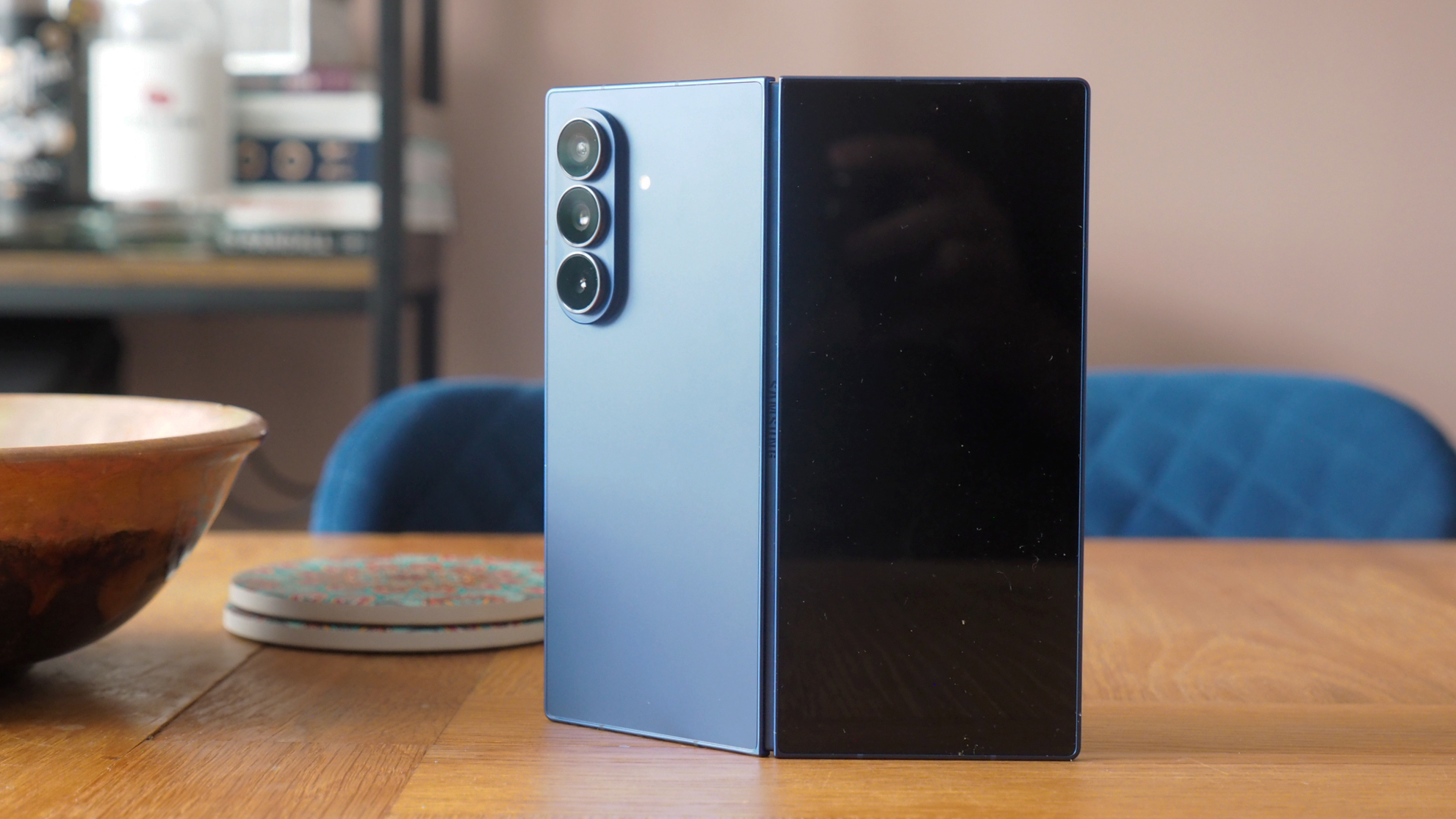
Samsung's choice of top-tier processor in the Z Fold 7 is interesting – it's something Oppo shied away from in its N5, for example, opting for fewer cores, presumably as an offset to that handset's also super-slim design. But not so with Samsung: this Fold can deliver overclocked power on demand.
But, I must stress, not endlessly. While the foldable may have what appears to be the same degree of power as the Galaxy S25 Ultra, its increased thinness means cooling is handled differently and, at the time of testing, slightly less capable after the minutes stack up.
I like to play games on my phone, but my choices – hello, South Park: Phone Destroyer – maintain great performance over time. I have colleagues who love long Fortnite or Genshin Impact sessions, however, and it's here where the Z Fold 7 will show some dips after longer playtime. Play unfolded, and there's more heat dissipation possible, though. And I'm not talking a bad experience by any means, just not a 'gaming phone' one.
I spoke with Samsung's head of smartphone planning, however, who confirmed – on the record – that "to achieve this kind of slimness, we changed the vapour chamber to high-density graphene sheet. The area of the graphene sheet has more than doubled compared to the Fold 6's vapour chamber”. So the company has addressed the design changes sufficiently.
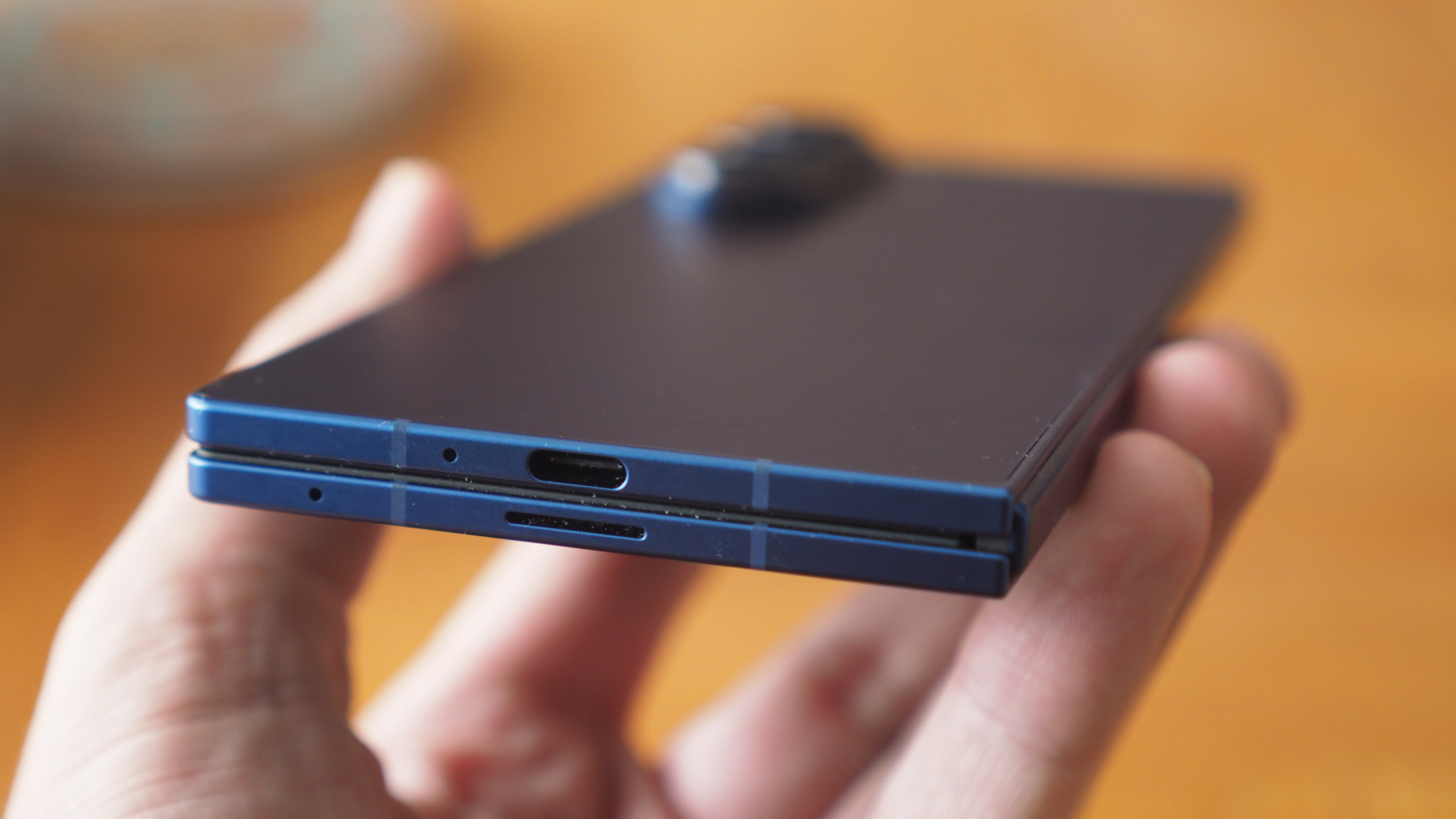
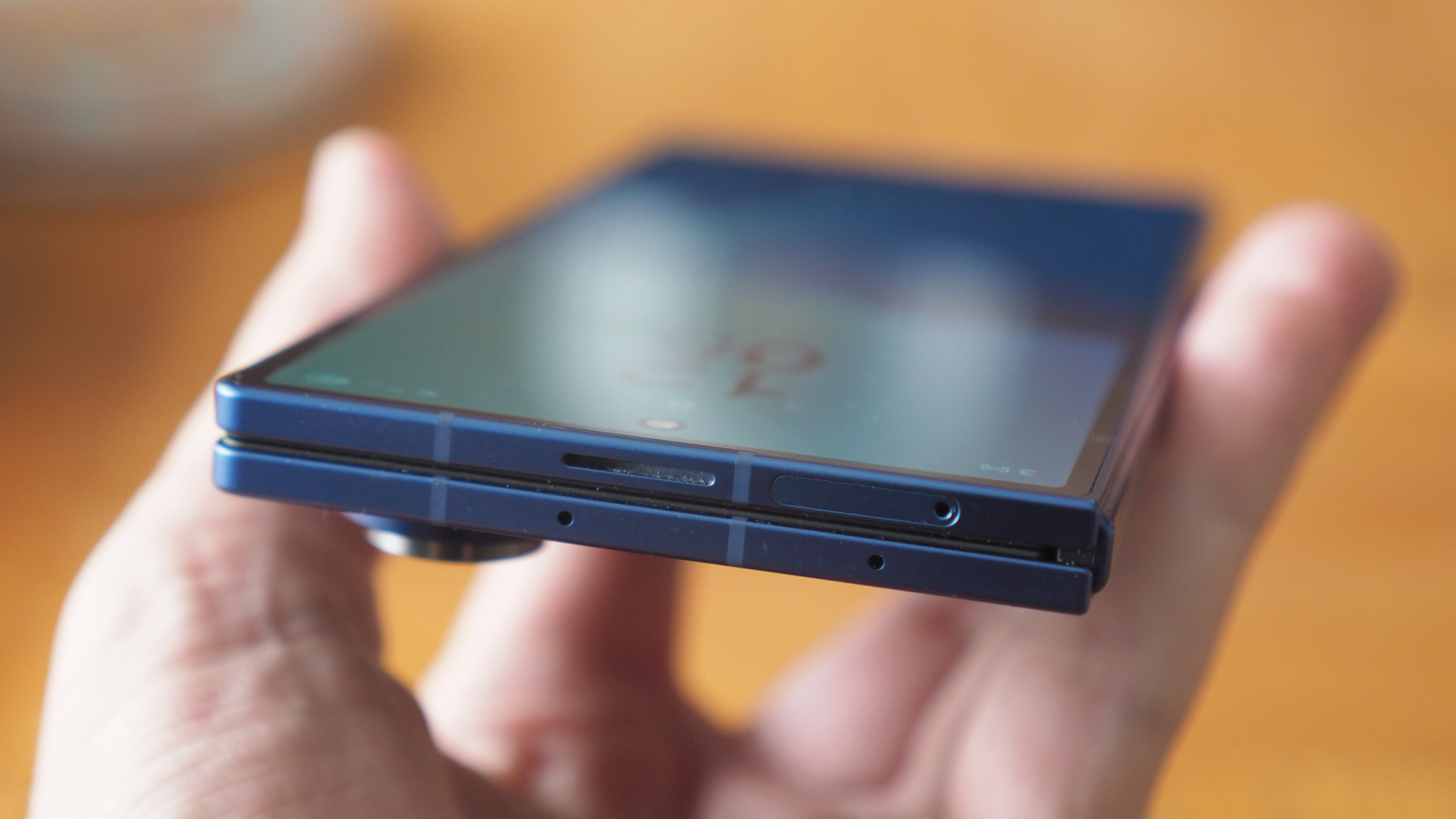
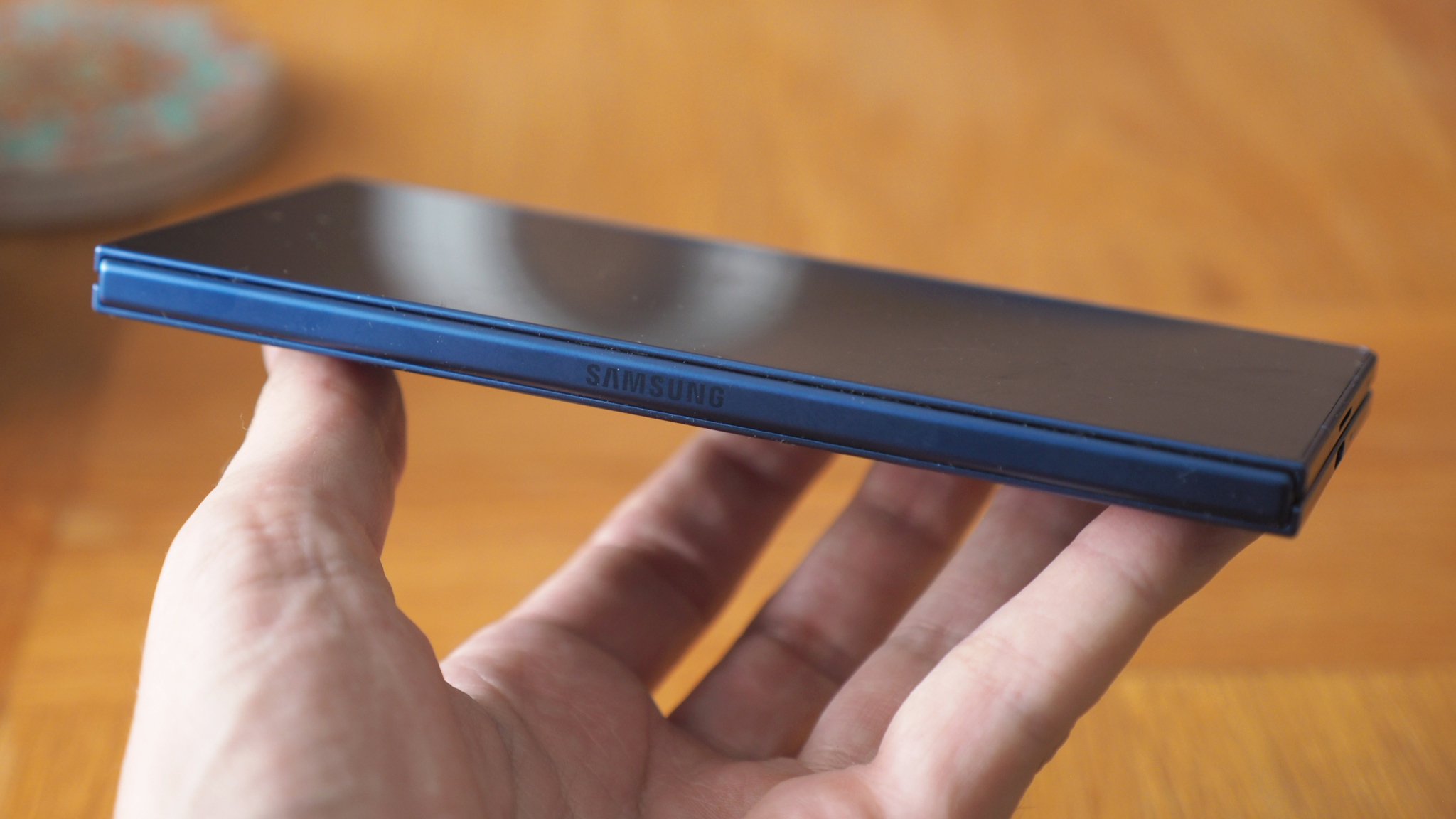
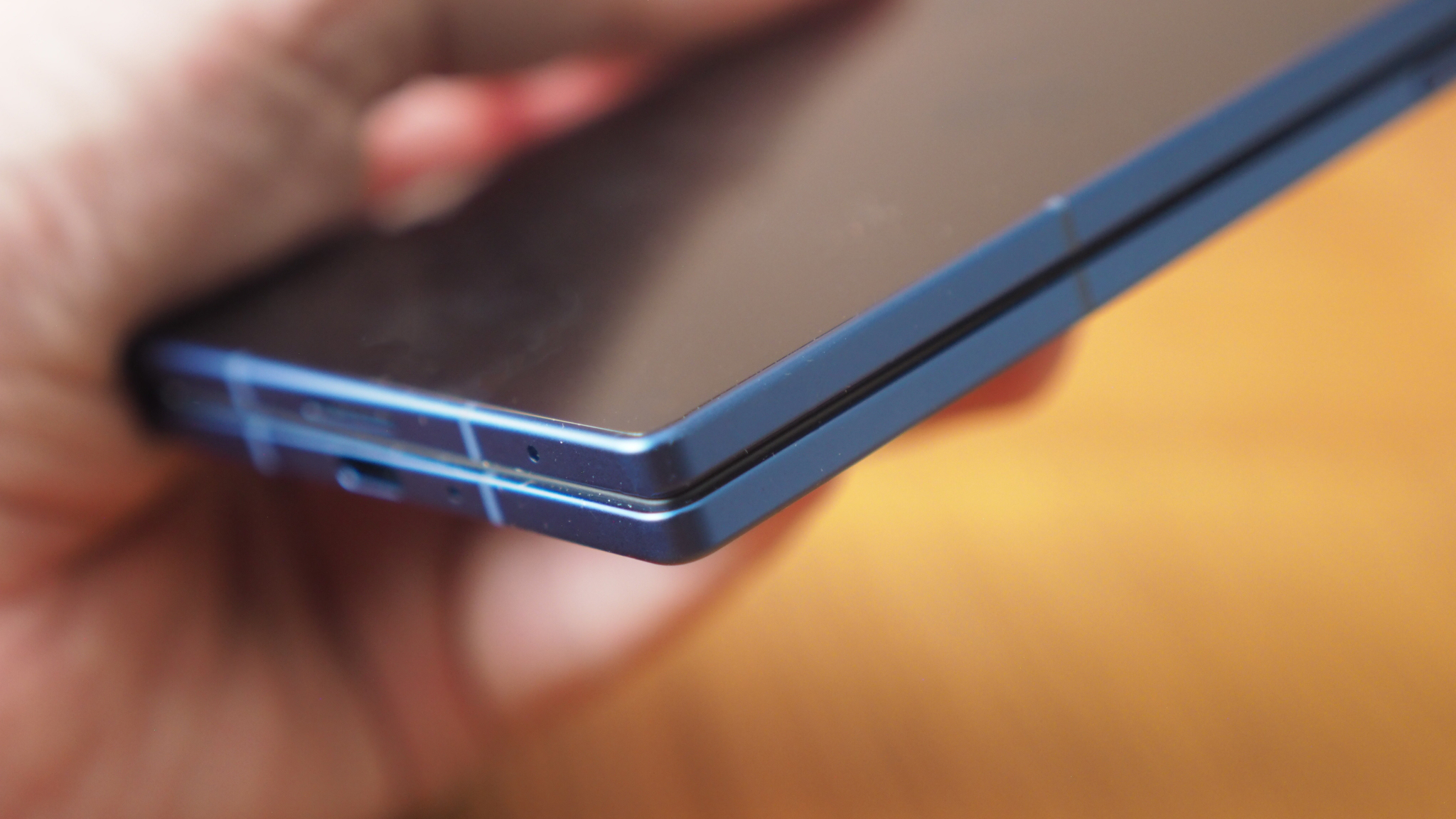

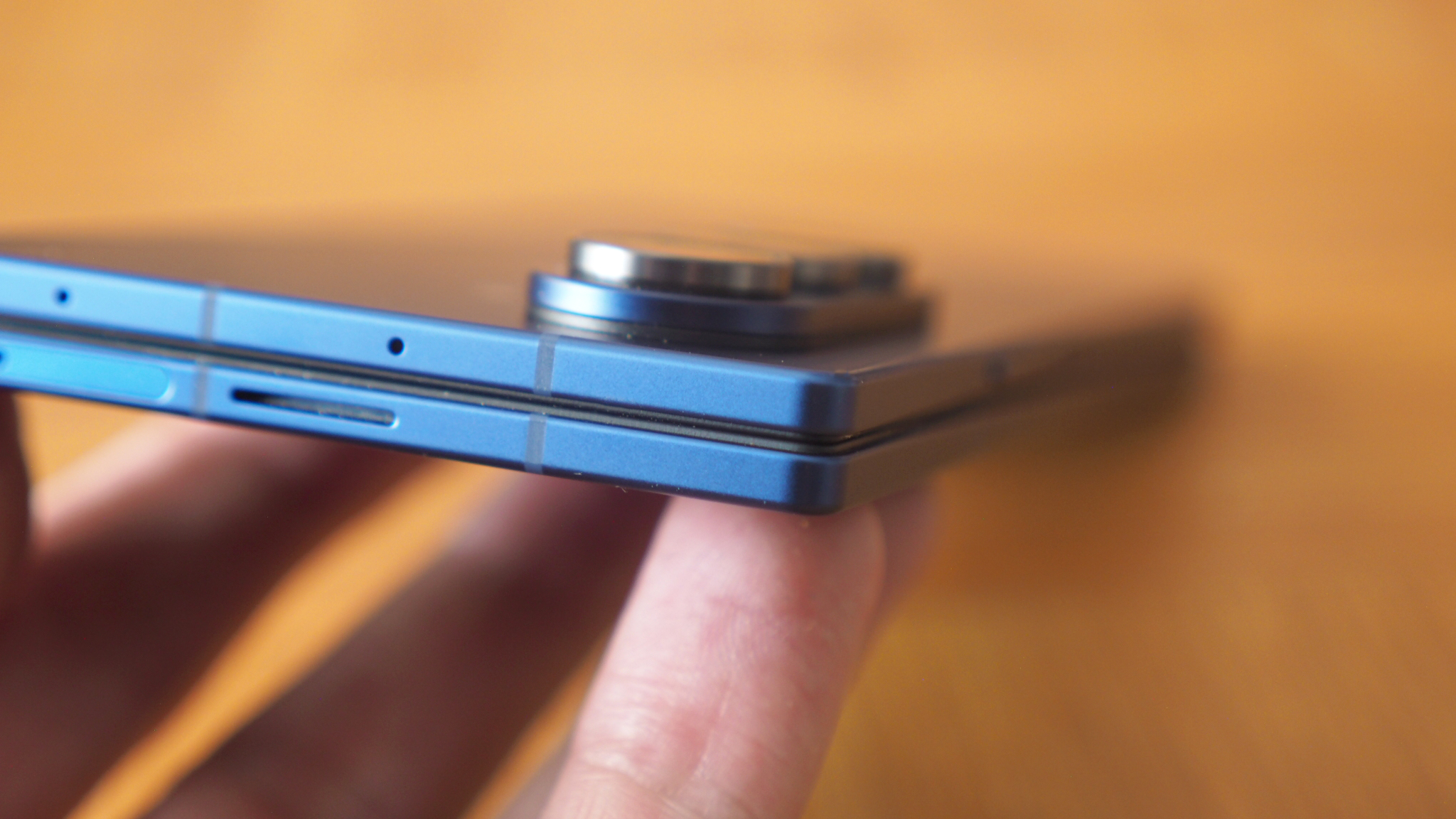
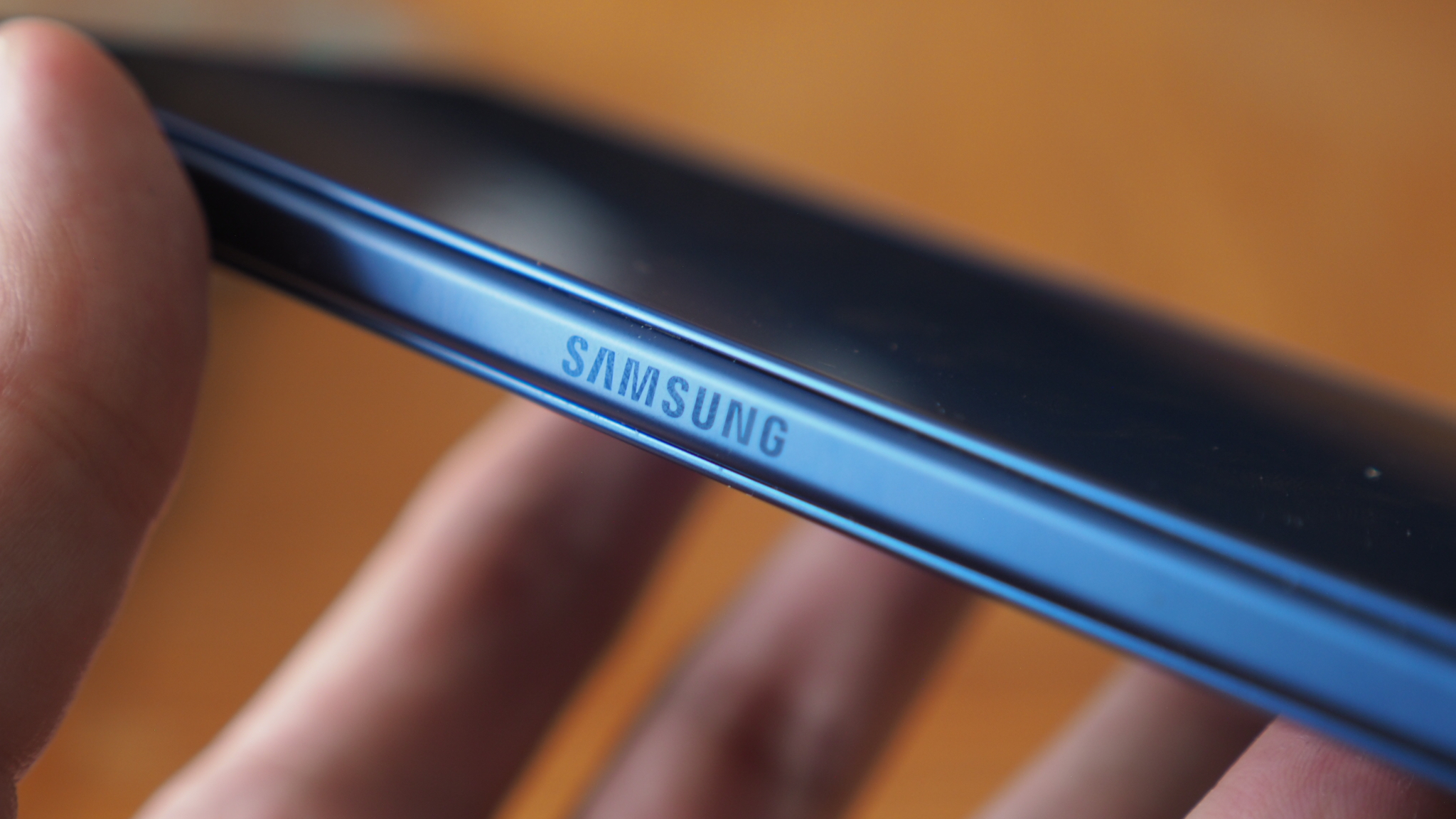
In my use, I've found that battery life has improved for this generation, too, which is a real yet pleasant surprise. Samsung maintained the same 4400mAh battery capacity in the Z Fold 7, which is impressive given the phone's diminished size – but certainly not a massive capacity by any flagship standards today.
A week into use, for example, and I used 65% of the battery over a 12-hour period in one day, meaning an 18-hour innings is easily achievable (I try not to stay up that long daily!). That included a Zwift session with the display on full-time for 45 minutes (synched to the Companion app), while pushing Bluetooth to one of the best wireless speakers, with various smatterings of 15-minute gaming sessions, socials and emails.
Again, that's meant no compromise for me – when I'd half expected this design and battery capacity would be off the mark. Now, it also likely points to why Samsung's software is throttling the processor after extended use and dropping brightness when it sees fit, in seeking balance. For me that works just fine, as a 17-hour day works nicely – but for power-user gamers, I don't suspect you'll think the same.
Software
- Google Android 16 with Samsung One UI 8
- 7 years of security and software updates
- Galaxy AI suite integrated throughout
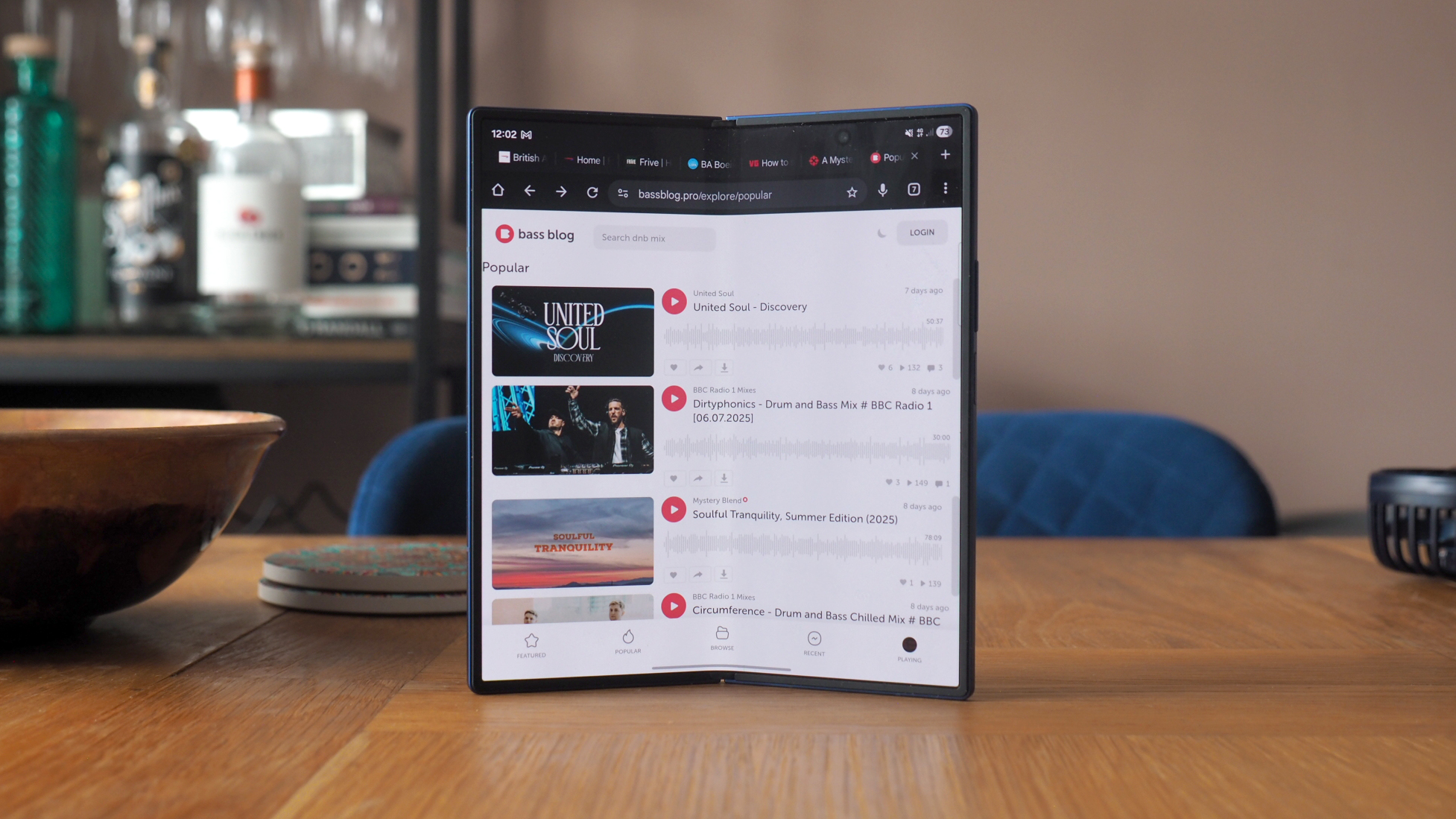
I'd best sound the S Pen klaxon again: Samsung has removed any stylus use from the Z Fold 7, as there's no digitiser present for this to be plausible. That's going to really bother some users, including certain would-be upgraders who didn't expect that door to close.
I'm on the fence about this one: even in the Galaxy S25, in which an S Pen is housed in the body, I don't really ever use the stylus. In the Z Fold it's never been an included accessory, rather an extra, so its proportion of users has always been minor. There's no stylus use on Google's foldable either, which hasn't ever bothered me. It does, however, mean that a given (and important) niche of users is likely to now lean towards Honor's foldable offerings instead.
But here's where, S Pen opinions brushed aside, I think Samsung really wins with its overall software experience. The whole One UI setup is just so much less cluttered and bloated and bothersome than many of its key China-based foldable rivals. I trust the Samsung brand's setup, enjoy the visual appeal – and, frankly, the familiarity too.
There's more to the One UI setup here, though. With split screen, floating windows, and the staple of Samsung's Now Bar on the lock screen to jump into recent apps, there's even ample Galaxy AI appeal for on-device photo-editing and the like. I don't think any makers' AI systems are fully fledged yet, but this one's on the right path.
Cameras
- Main (triple):
- 200-megapixel, f/1.7 aperture, optical stabilisation (OIS)
- 10MP 3x optical zoom (67mm equivalent), f/2.4, OIS
- 12MP ultrawide, f/2.2
- Under-display cameras:
- Both: 10MP, f/2.2
- 18mm equivalent (cover), 24mm (interior)
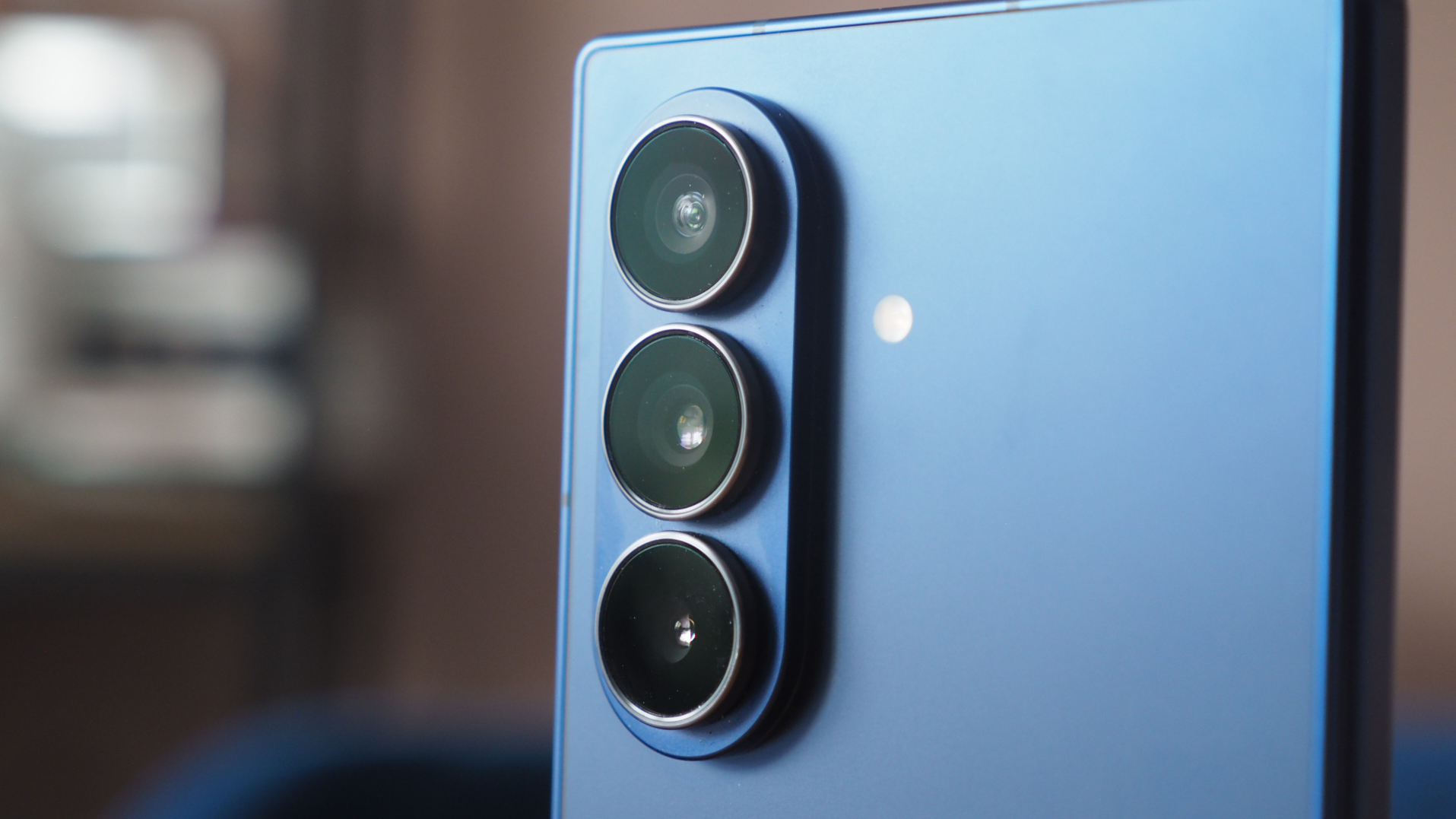
I suspect the Z Fold 7's cameras are going to divide opinion. On the one hand, that rear protrusion brings a trio of cameras, including a flagship-level main shooter, in a design that's almost iconic for the Galaxy range now.
On the other hand, it's a big ol' lump that pokes out and, for my tabletop use, it sees the phone wobble about my desk like a deranged rocking horse. That can become annoying, so I use it in my hand much more often as a result!
But everyone's been calling for flagship cameras. It's the feature set that foldables, in general, have been slower in adopting. In part, that's owed to the physical size and expense associated with their implementation. To make the Z Fold 7 improve, the camera units had to be fully re-engineered to make them smaller.
Even so, the 200-megapixel snapper present here is impressive. Based on side-by-side snaps with the Galaxy S25, as taken by colleagues and competitors at the summer Galaxy Unpacked event, I've seen that the foldable's results are actually processed to be sharper overall, giving a more pristine result. It's impressive.

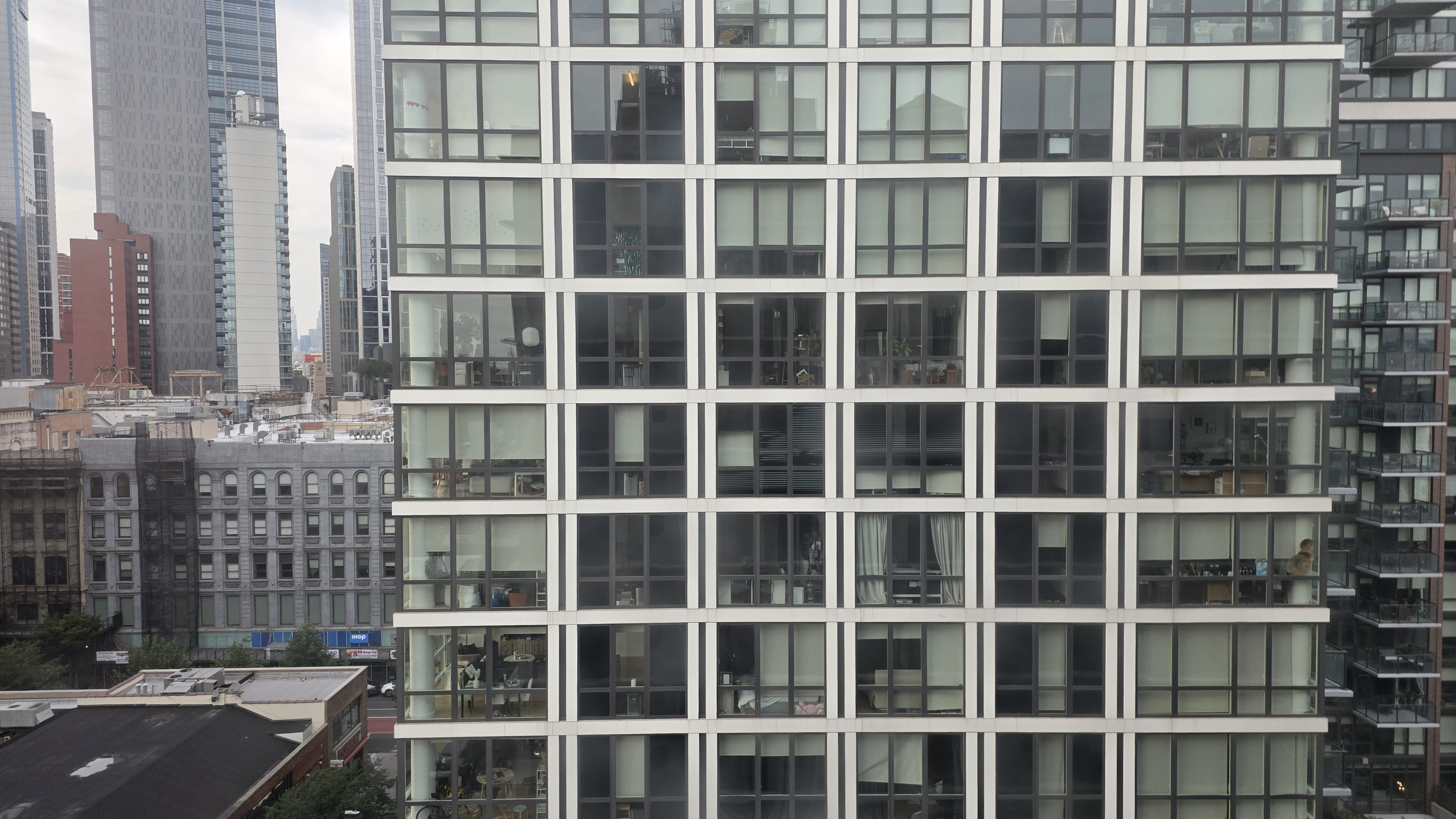
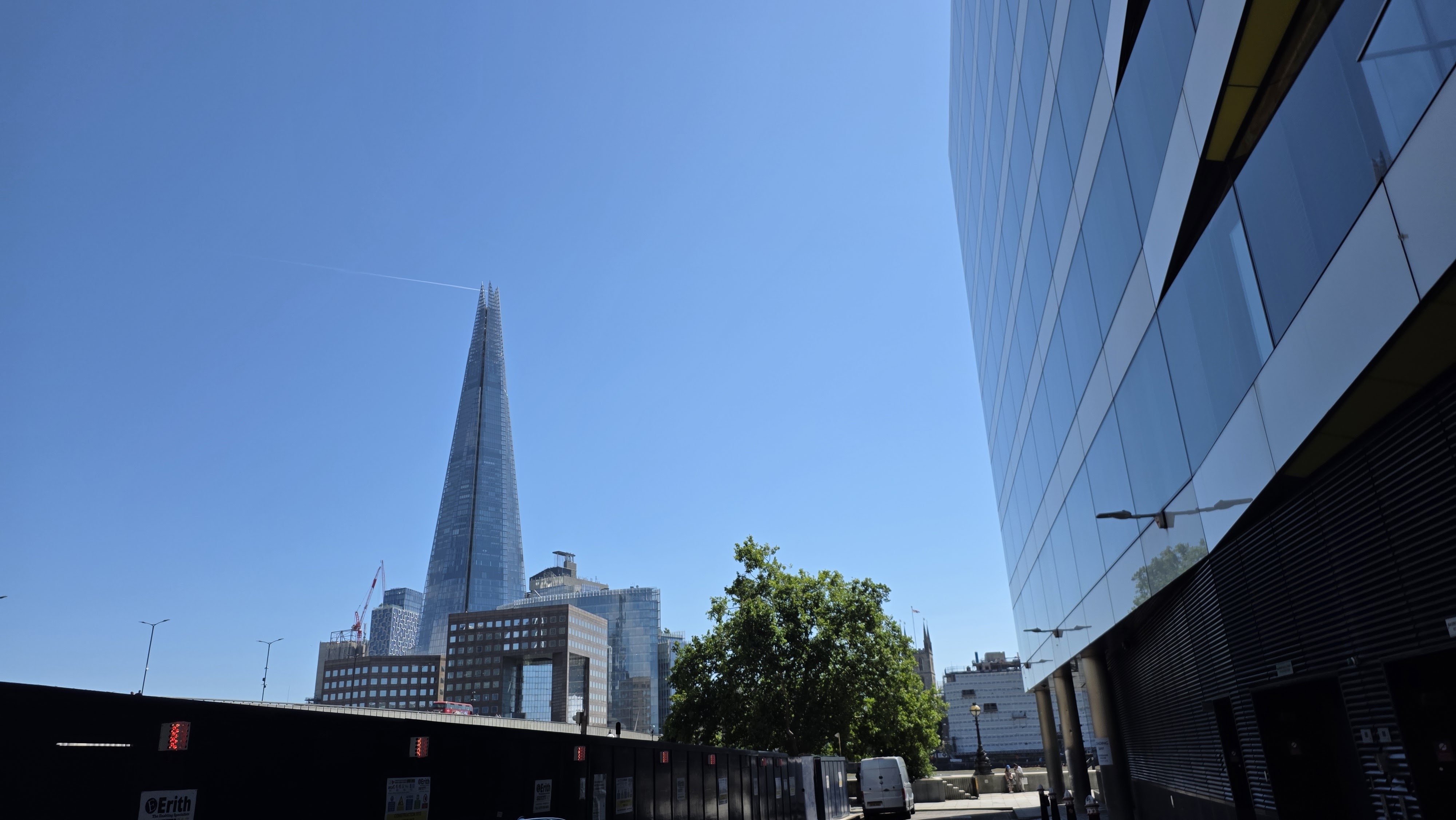
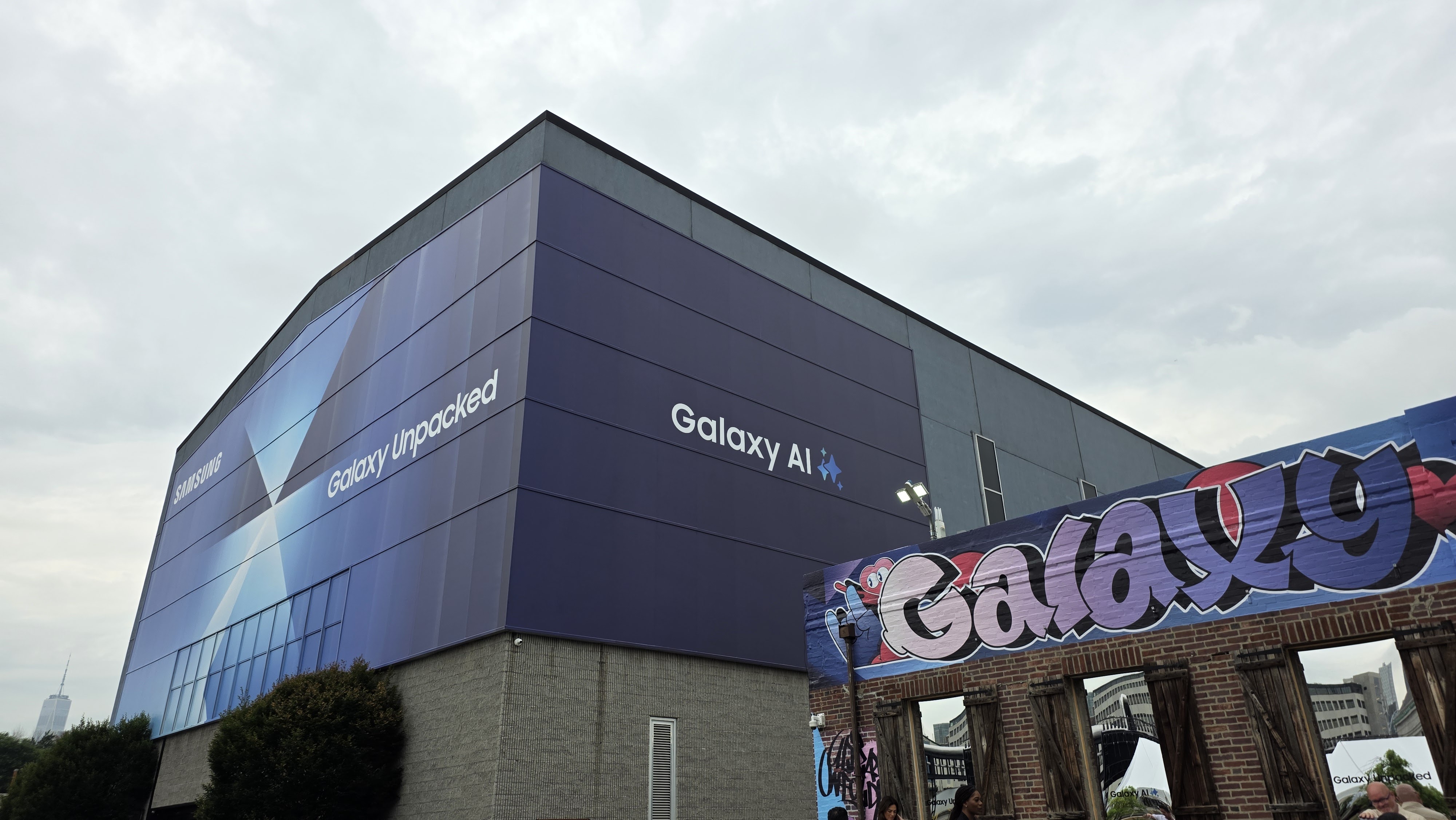
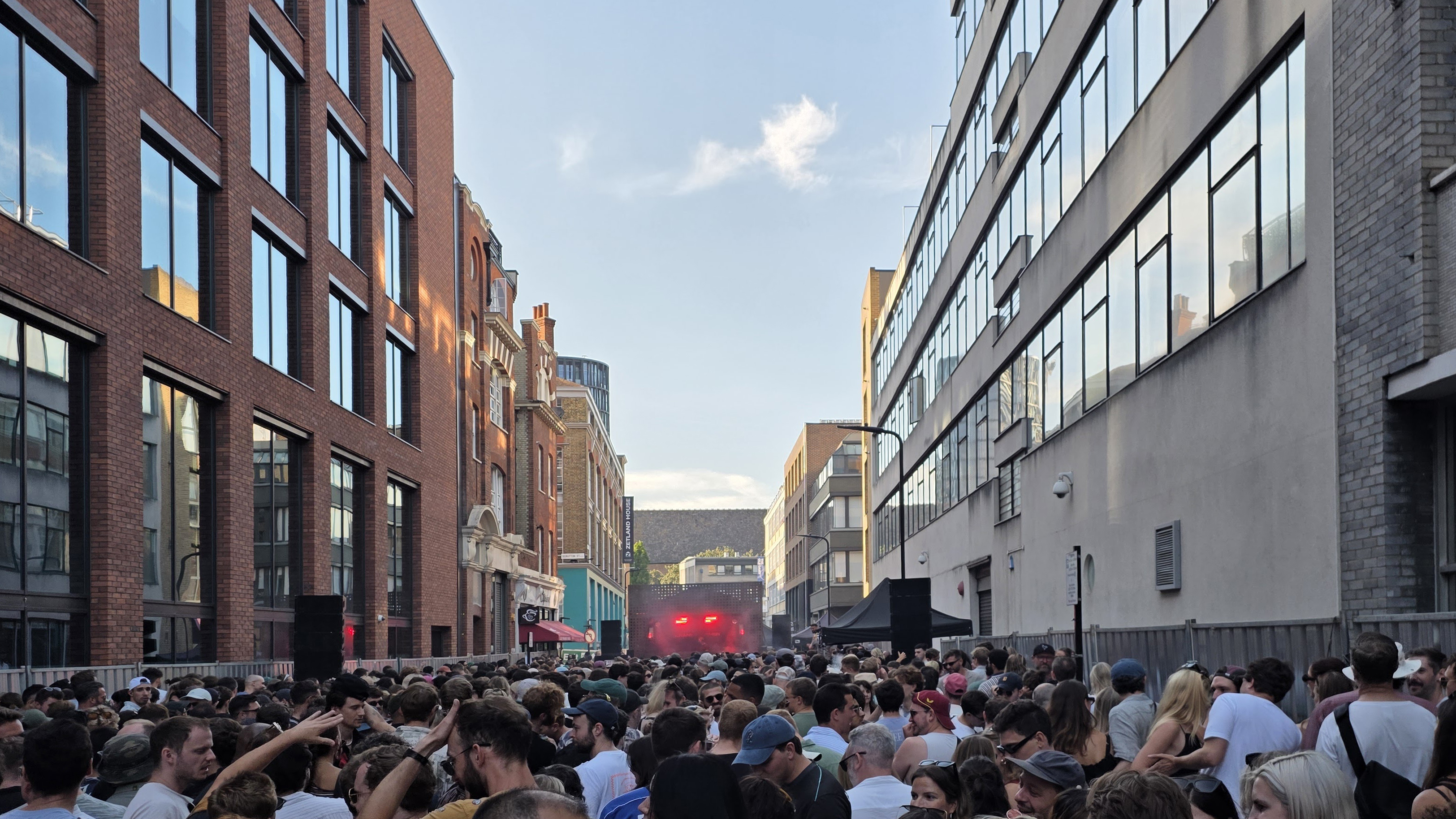
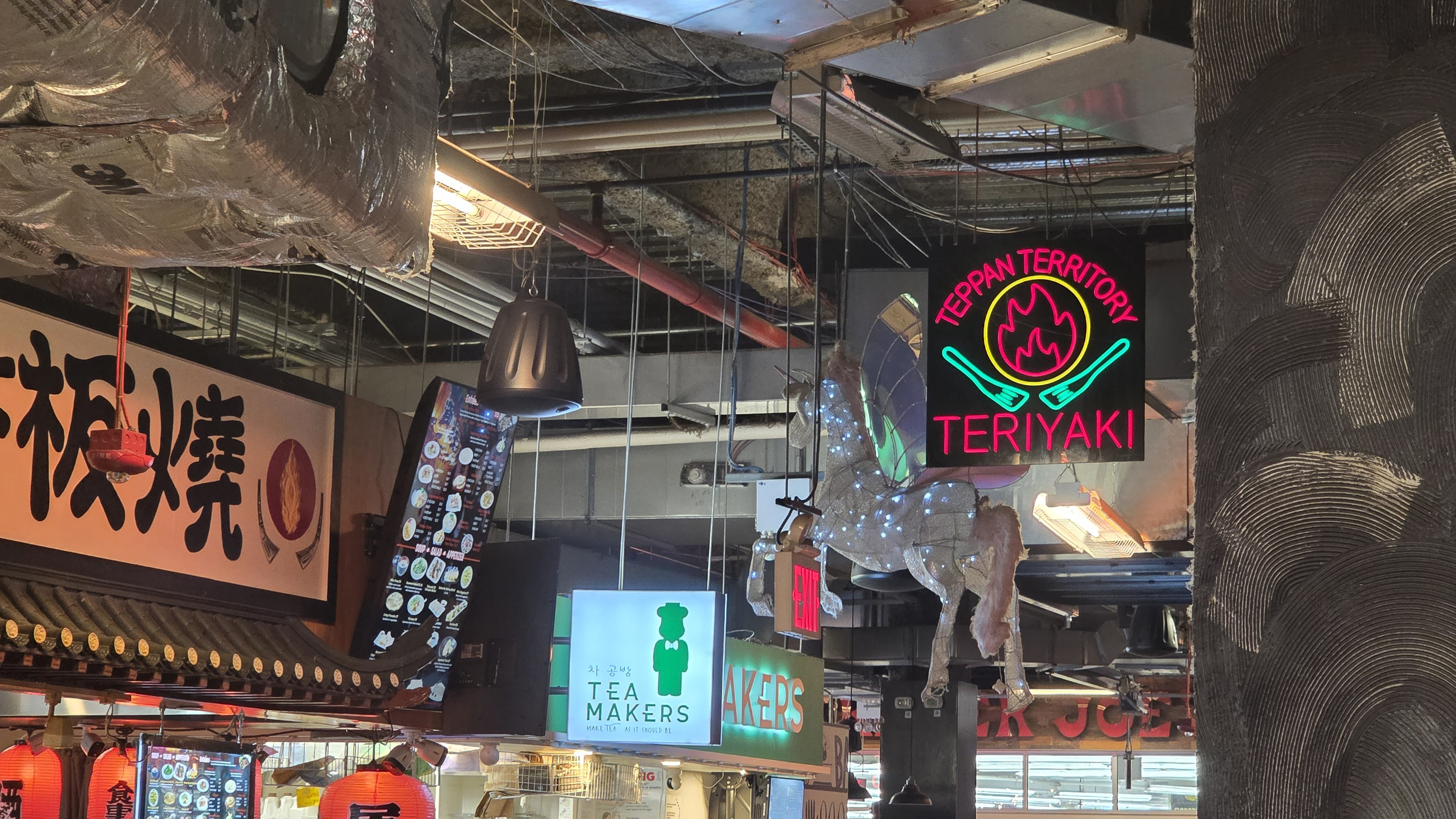


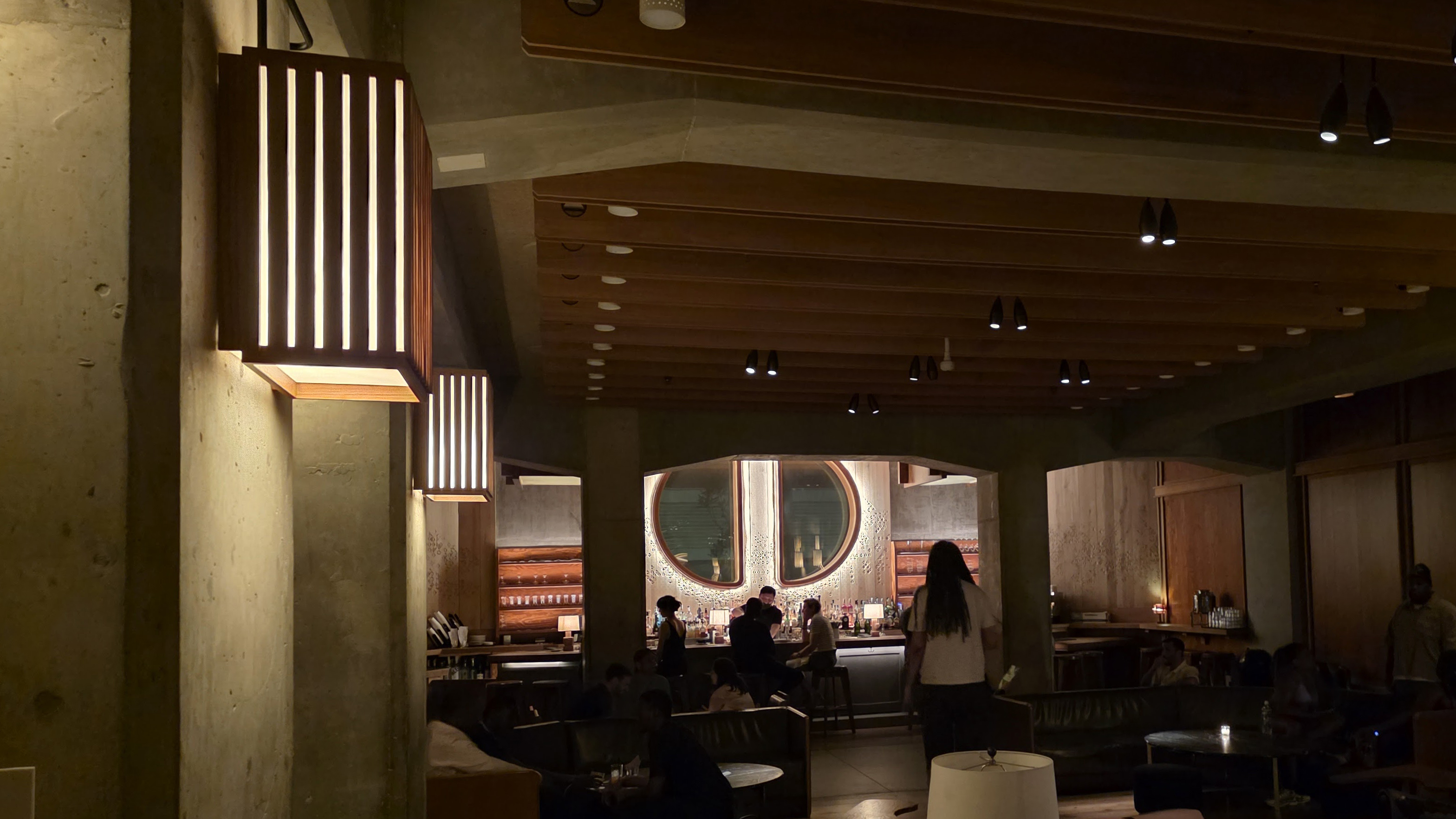
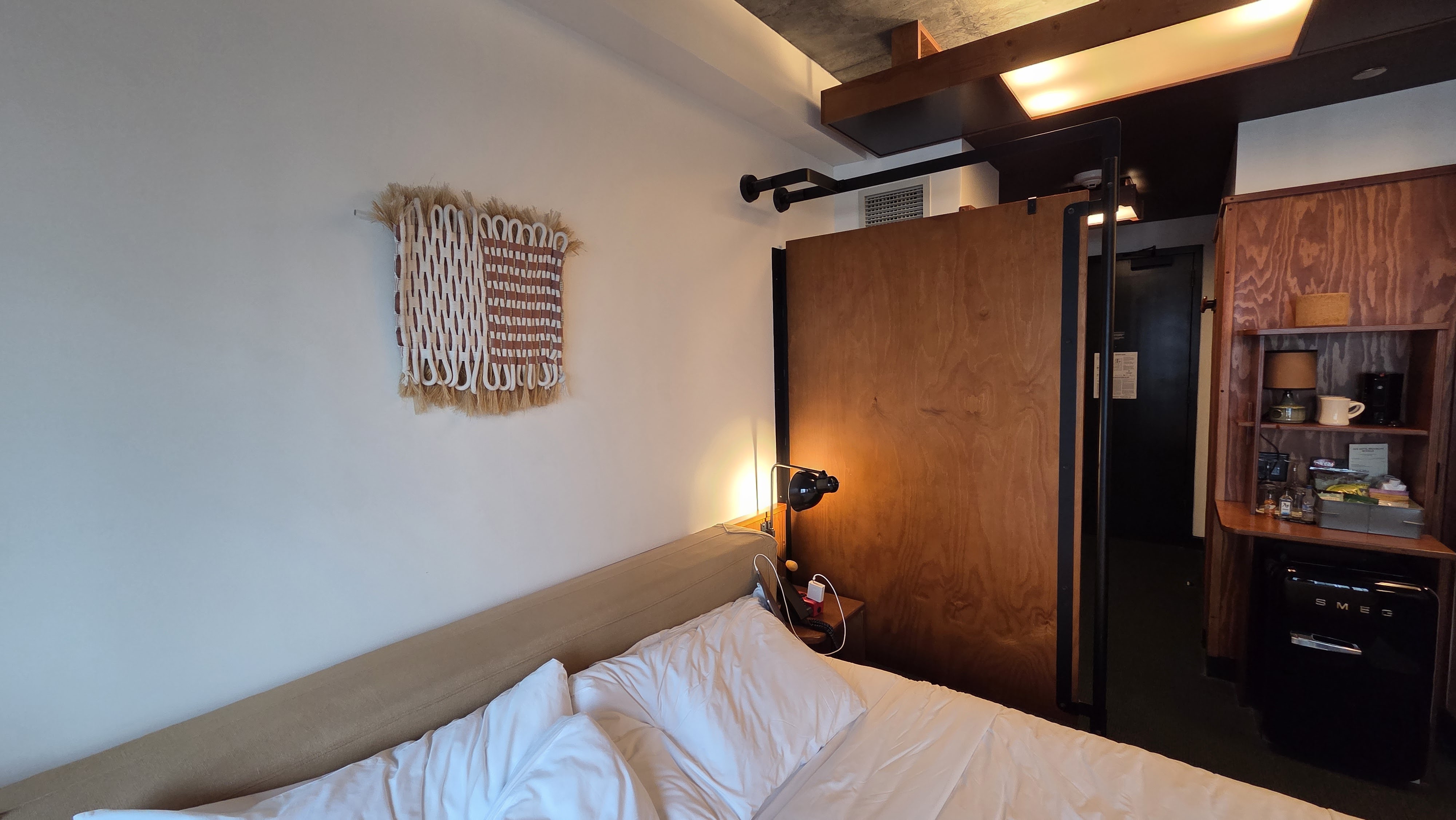
That main camera also caters for close-up shooting – not super-macro, mind, you can't get insanely close to subjects here – as you can see in the gallery of images above, which includes a cheery honeybee braving an echinacea flower for a pollen hit. No manual adjustments, just point, press, shoot – and job's a good'un.
The low-light results are suitably impressive, too, as shown for late-night shootings of illuminated signage, in dim-lit bars, and at dusky street parties. The processing is adept at removing visible image noise while maintaining ample sharpness and colour. It's a decent showing overall.
The weak point? It's the wide-angle and zoom cameras' lack of any more notable upgrade, really. At 10- and 12-megapixels, respectively, those stats and, indeed, these sensors sit some way behind the current best – especially notable after the S25 Ultra upgraded its wide-angle camera so elegantly with a 50MP version.
Verdict
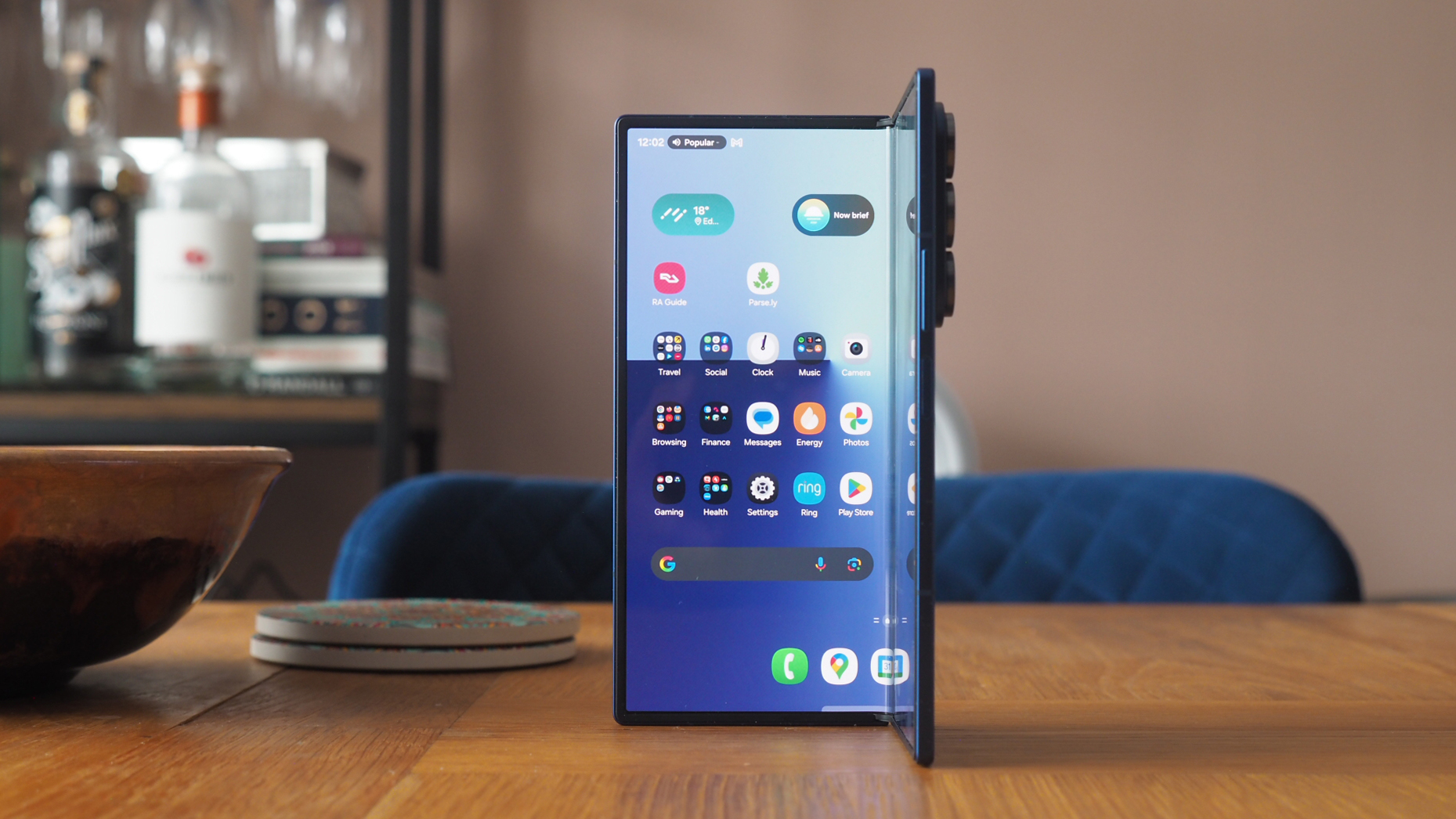
After my week of using the Galaxy Z Fold 7 as my own, I'm convinced Samsung now has the best foldable on the market. It's not technically the thinnest of the year, but I really don't mind a mere 0.1mm of difference – as I'd take the preferential software in regards to overall experience.
Having loved Google's second-gen foldable offering last year, I arrived at Samsung's seventh-gen model and, beyond any release prior, really feel as though the brand has finally arrived. The Z Fold 7's proportions make both screens practical, while the design brings little compromise compared to a flagship phone.
Sure, the Z Fold 7 is not going to be for everyone – this is a minor market product, after all – on account of its high price, lack of S Pen stylus support, and some throttling that may affect hardened mobile gamers. But for those embedded in the folding phone market, or who have been waiting to jump on board, this release is at the cutting edge.
Indeed, we love testing luxe, high-end products here at T3. So when one comes along that so elegantly ticks all of the boxes, as the Galaxy Z Fold 7 does, it's just a real joy. This is the kind of future-facing tech that most of us don't get to use every day, but certainly pine to possess in our own pocket. It's a masterclass.
Also consider
If thin is your biggest want, then Honor is due to launch the Magic V5 later this year. It'll be stylus-compatible, too. Until then, however, there's the cheaper Magic V3.
If you don't mind a thicker build, and want a larger cover display, however, then Google's Pixel 9 Pro Fold is at the forefront. Like the Z Fold 7, there's no stylus support, but the big screens will be a dream for many.
If you want a Samsung and you want S Pen possibilities, however, then look to the last-gen Z Fold 6 model. The front display proportion is super skinny, which not everyone will love, but at a now considerable price drop, it's a potentially appealing cash-saver.

Mike is T3's Tech Editor. He's been writing about consumer technology for 15 years and his beat covers phones – of which he's seen hundreds of handsets over the years – laptops, gaming, TV & audio, and more. There's little consumer tech he's not had a hand at trying, and with extensive commissioning and editing experience, he knows the industry inside out. As the former Reviews Editor at Pocket-lint for 10 years where he furthered his knowledge and expertise, whilst writing about literally thousands of products, he's also provided work for publications such as Wired, The Guardian, Metro, and more.
You must confirm your public display name before commenting
Please logout and then login again, you will then be prompted to enter your display name.
